TRAUMA
THERAPY
FOR
REFUGEES
A language independently designed psychoeducation manual to provide psychoeducation to multilingual refugees in Germany.
Year
2016
Partner
Dipl. Psych. Eike Leidgens
Medizinische Flüchtlingshilfe Bochum
Published
︎︎︎Page Magazine Online
︎︎︎Novum World of Graphic Design

INTRO
It’s 2016. The European migrant crisis, also known as the refugee crisis, had just been at its peak and Germany is working hard on integrating the huge amount of refugees that had entered the country.
As a designer, I wondered how I might be of help with the integration process and began inquiring about possible points of intervention within this system.
︎︎︎ How might we aid the inclusion of refugees in Germany?
RESEARCH
My research led me to talk to Eike Leidgens, a psychologist at the ︎︎︎Medizinische Flüchtlingshilfe Bochum, a place that offers psychotherapy to traumatized refugees.
Through him I learned about the problem that due to lack of funding many traumatized refugees can’t get treatment. They try to bridge this problem through psychoeducation, which is help for self-help through educating refugees about trauma-related symptoms accompanied by practical ideas on how to deal with these.
However, the education material that supplements these sessions is not translated into every language, which makes it useless most of the time.
This led me to identify a specific problem space in which I wanted to intervene through design.
Through him I learned about the problem that due to lack of funding many traumatized refugees can’t get treatment. They try to bridge this problem through psychoeducation, which is help for self-help through educating refugees about trauma-related symptoms accompanied by practical ideas on how to deal with these.
However, the education material that supplements these sessions is not translated into every language, which makes it useless most of the time.
This led me to identify a specific problem space in which I wanted to intervene through design.
︎︎︎ How might we make the trauma education material language-independently understandable?
︎
Mapping with participation of the psychologists and refugees
Mapping with participation of the psychologists and refugees


INSIGHTS
My research led me to dive deep into theories around visual perception such as gestalt psychology and how it relates to visual communication.
I particularly inquired about Posttraumatic Stress Disorder, its causes, symptoms and implications in daily life.
I further conducted interviews and sent out questionnaires to learn more about the experiences of stakeholders.
PERSONA

The patients are refugees who originated mainly from Syria, Afghanistan and Iraq. Their traumatic experiences were diverse and either experienced in their home countries, during their way to Europe or even later in Europe.
PRINCIPLES
Based on my research I developed principles that my design should follow
RESPECT
Consideration of the enormous and individually experienced suffering of each patient
Consideration of the enormous and individually experienced suffering of each patient
CULTURE NEUTRALITY
The visualizations should speak to people with various cultural backgrounds
The visualizations should speak to people with various cultural backgrounds
IMPARTIALITY
Free of racial, religious or gender discrimination
Free of racial, religious or gender discrimination
EDUCATION INDEPENDENT
Accessible for people with all levels of education
Accessible for people with all levels of education
DESIGN
Sketches
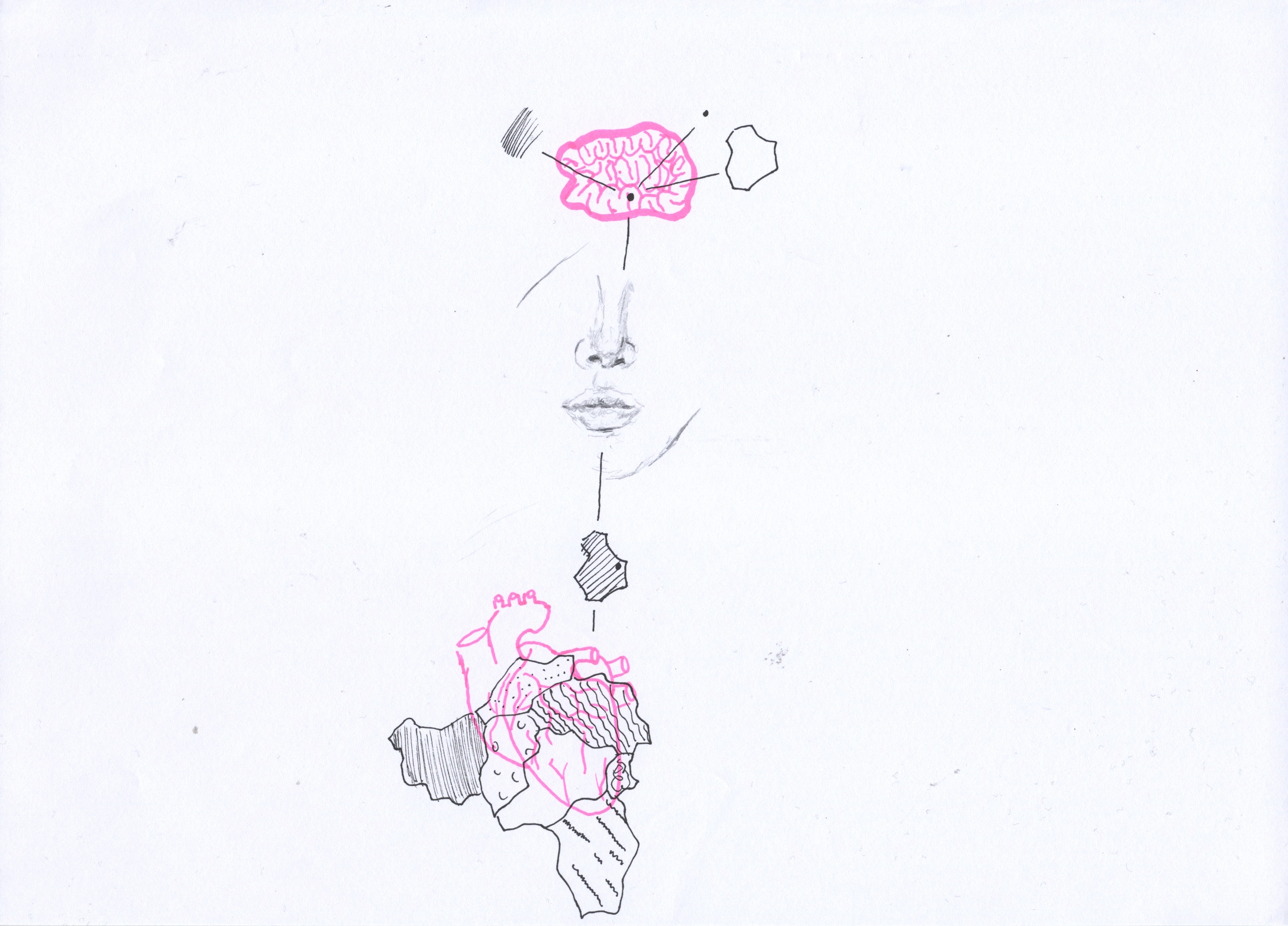

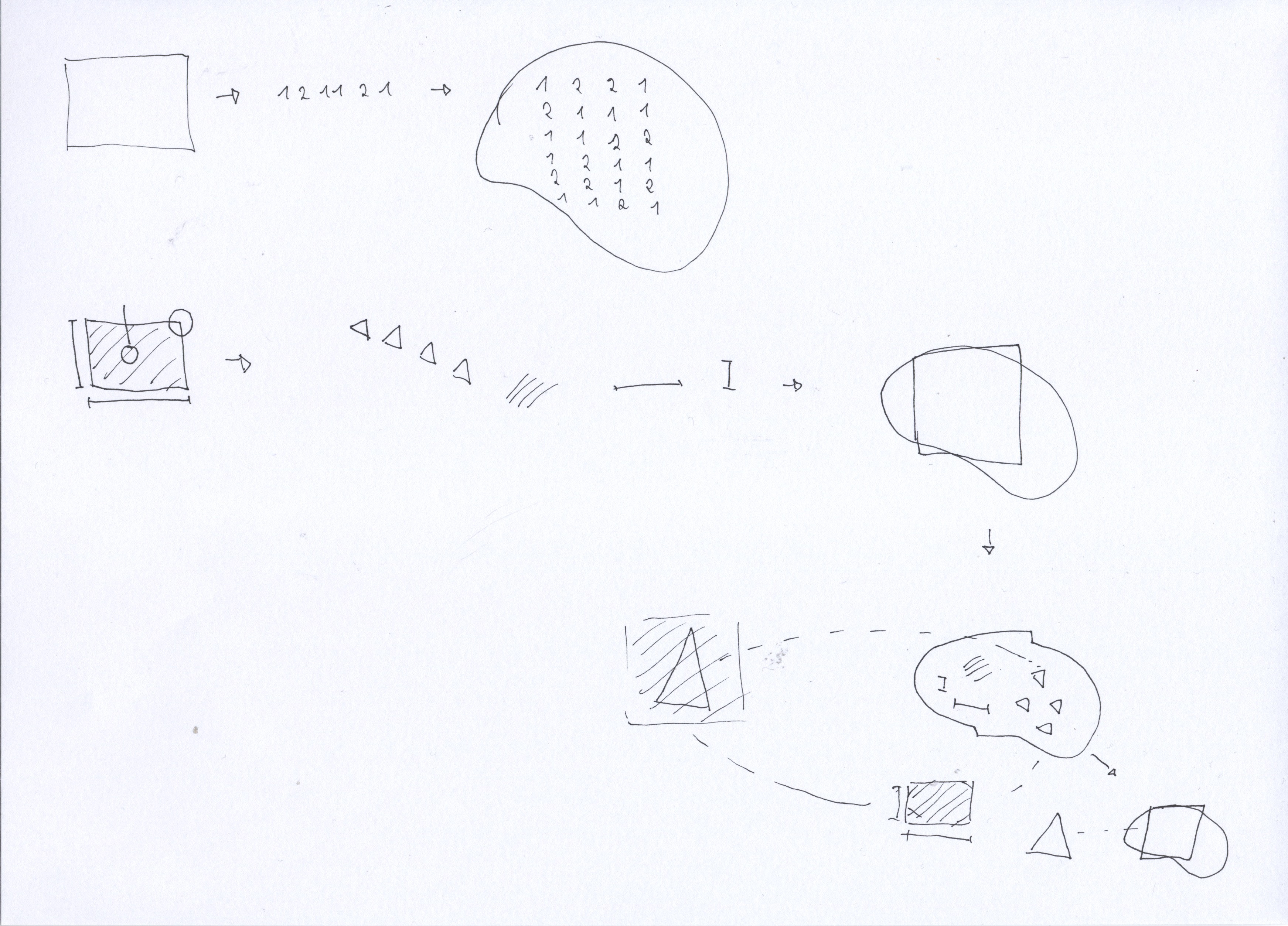
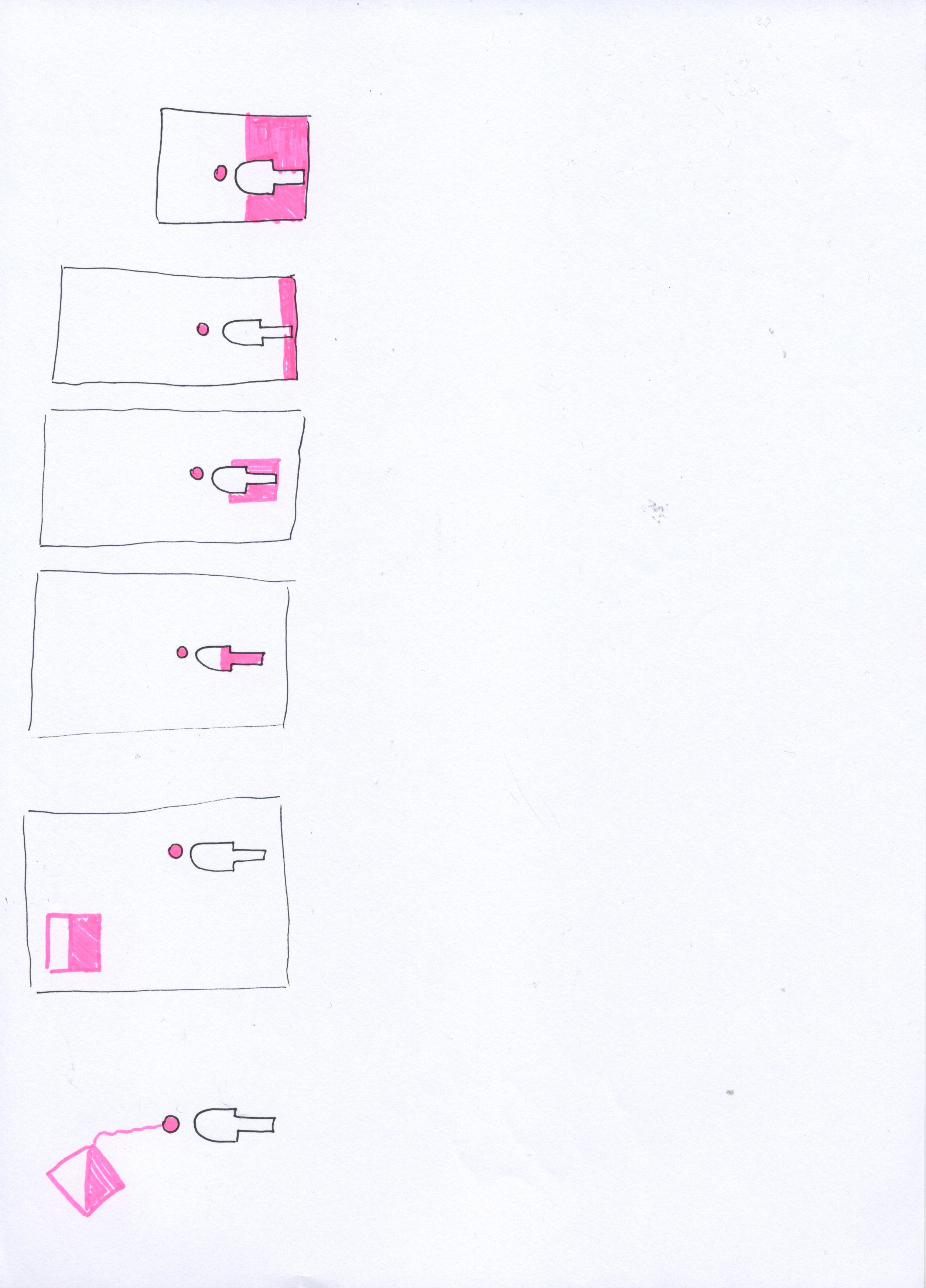
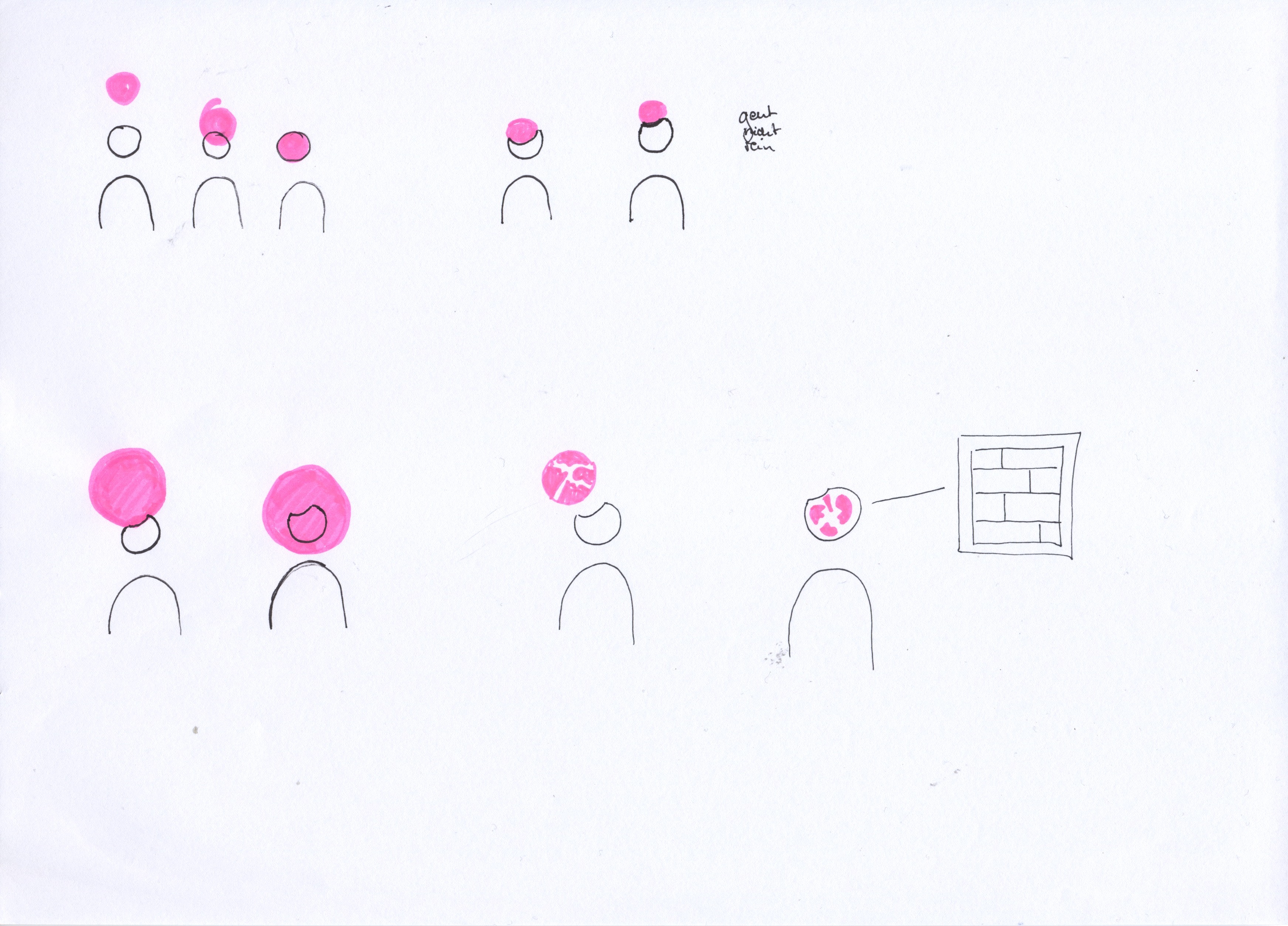
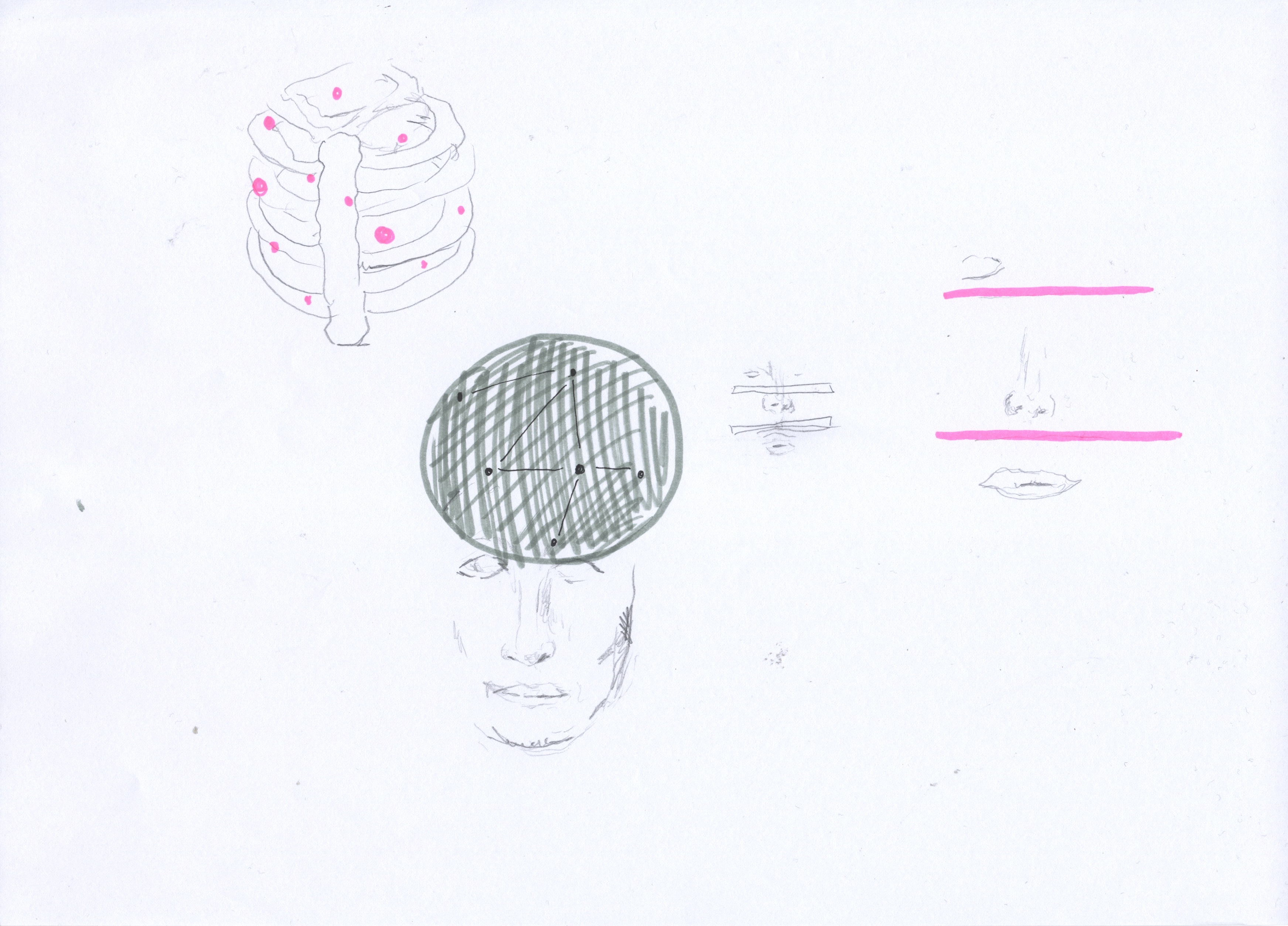
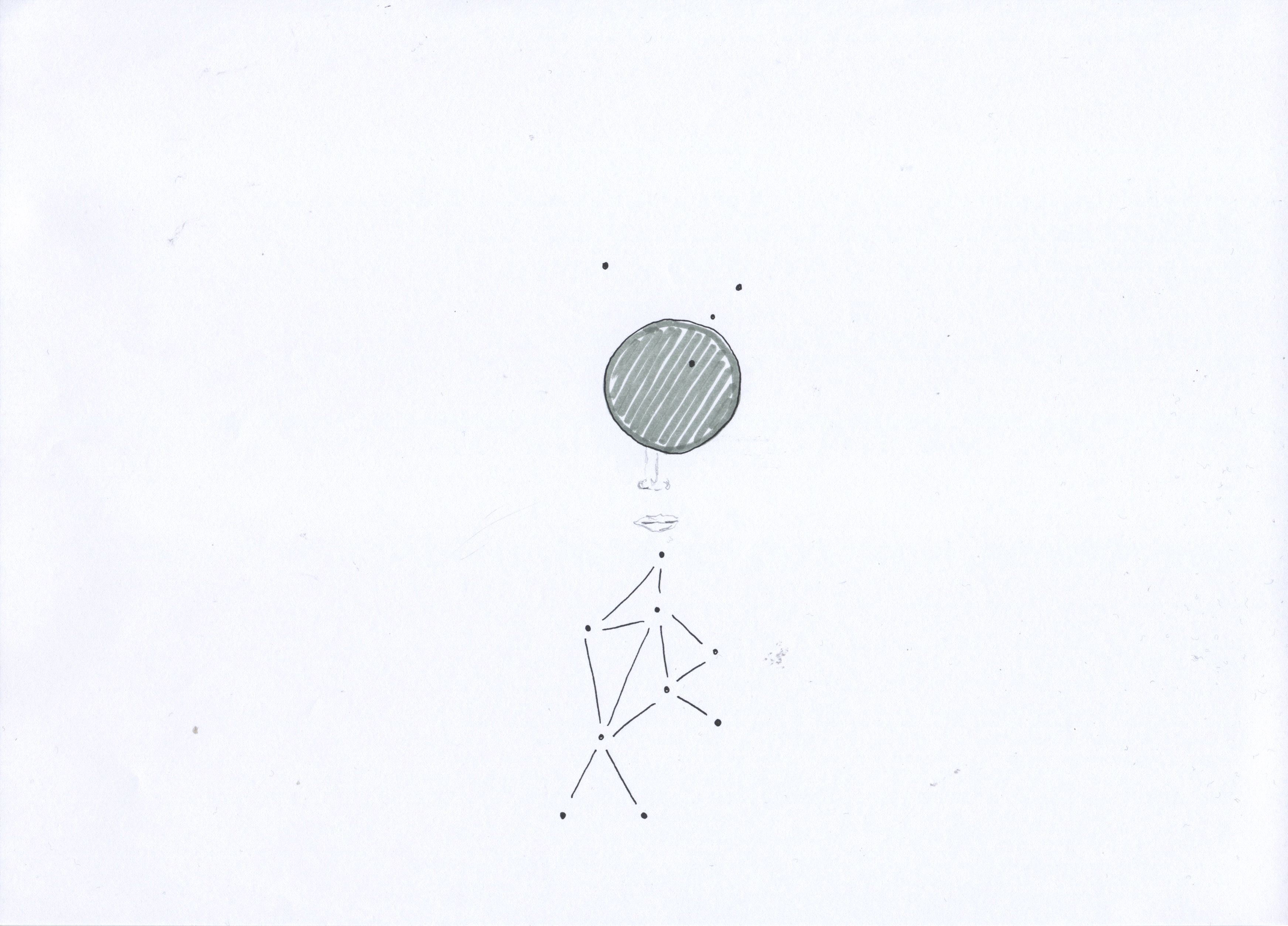

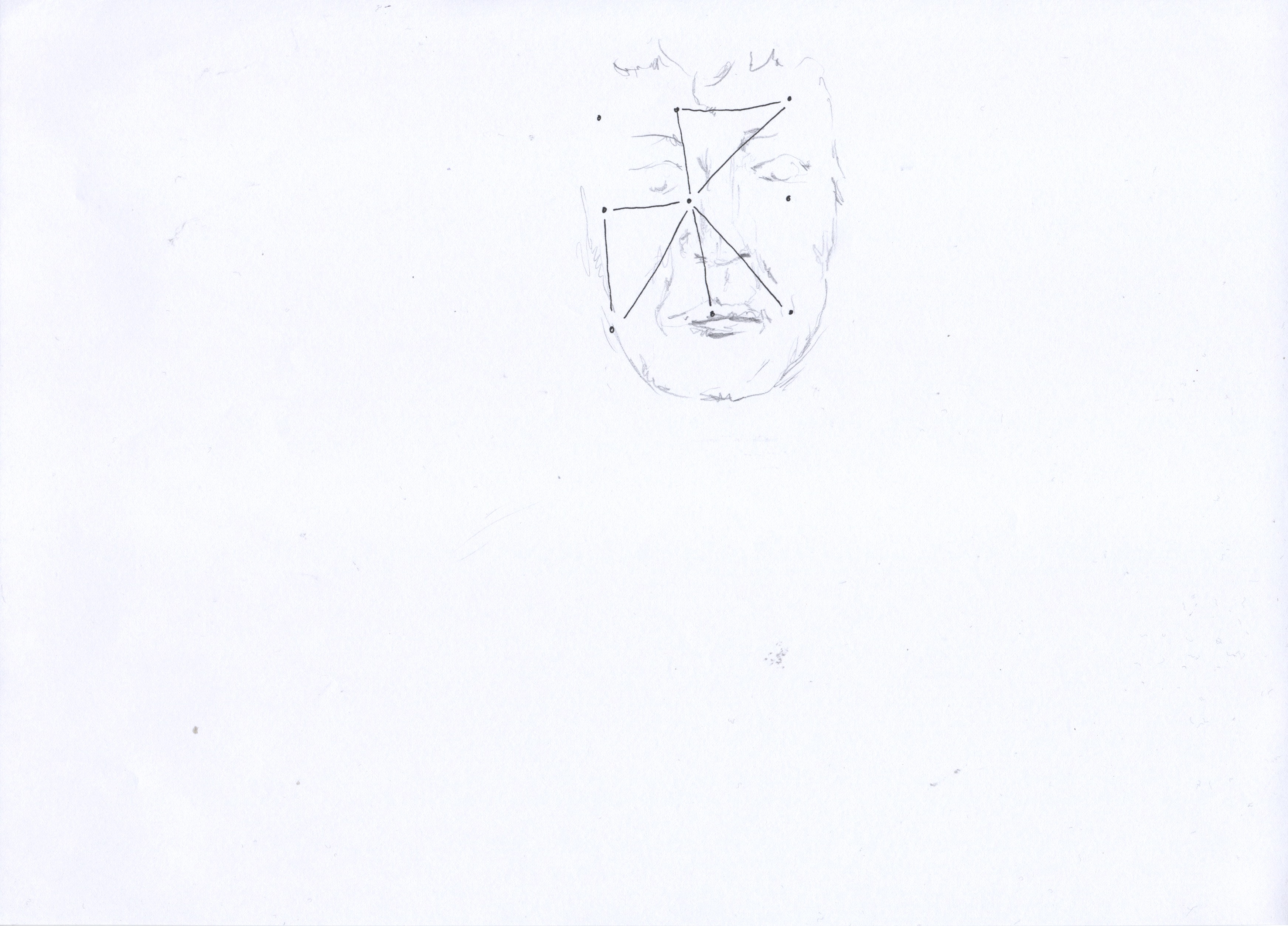
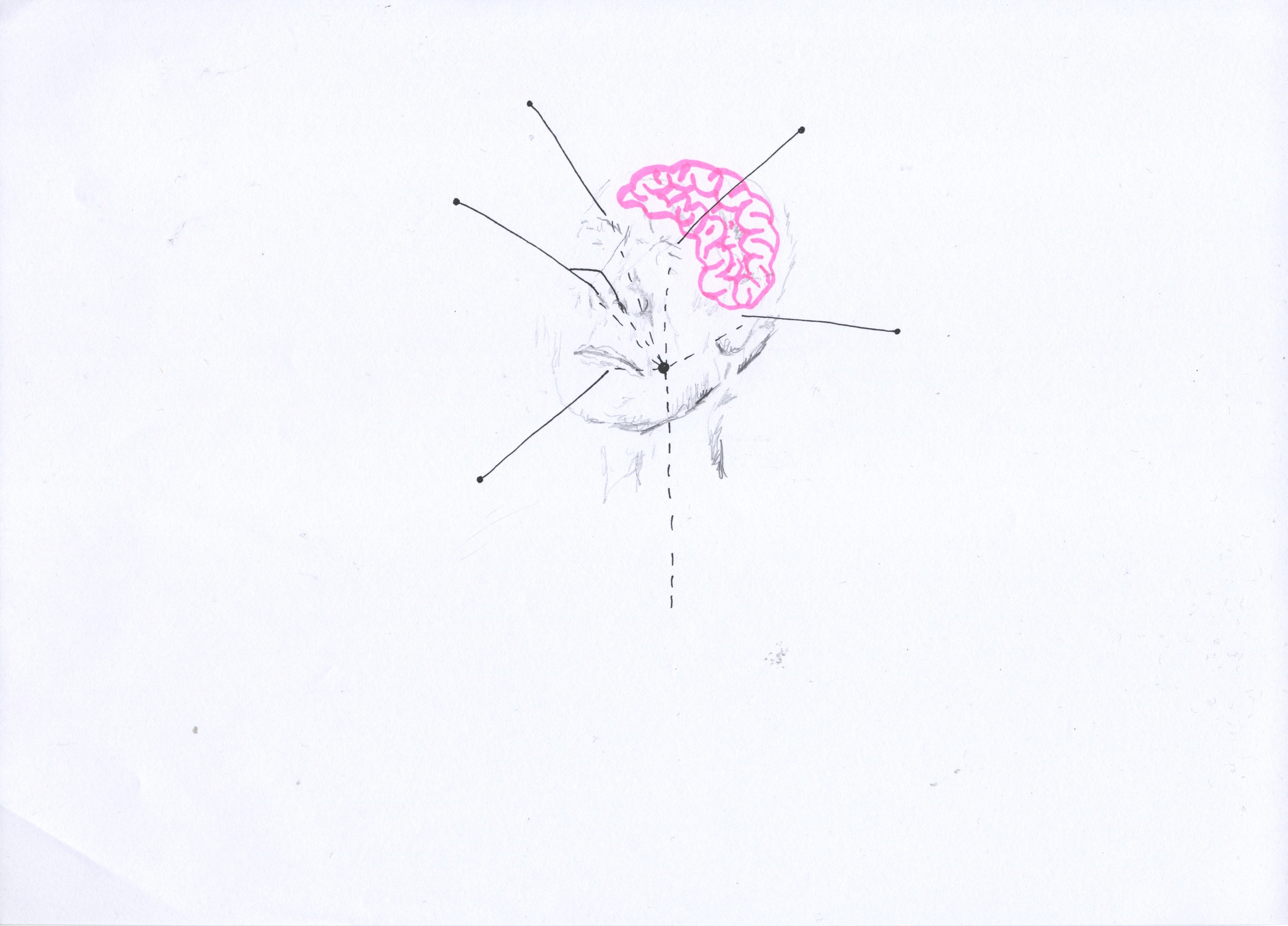
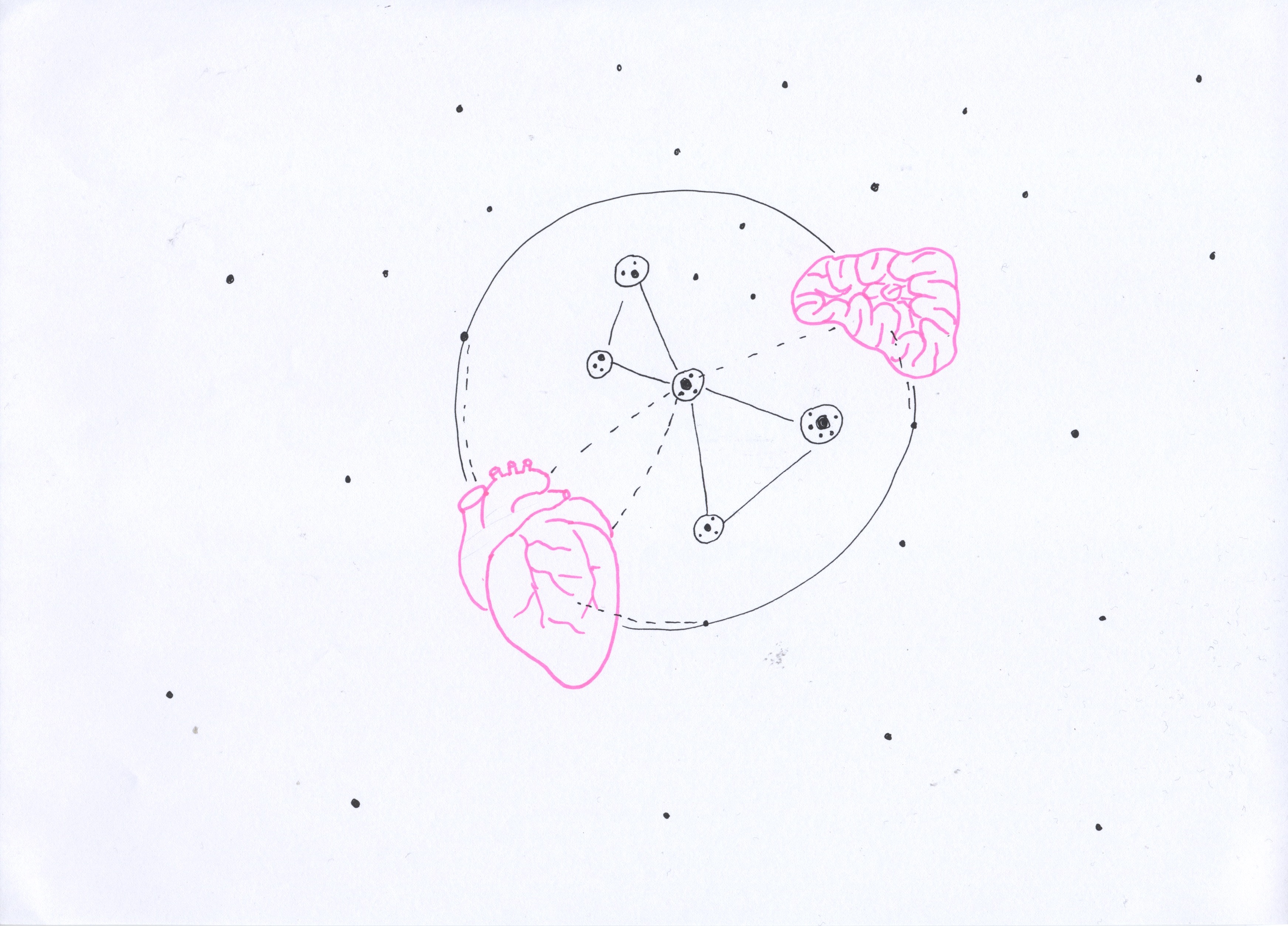
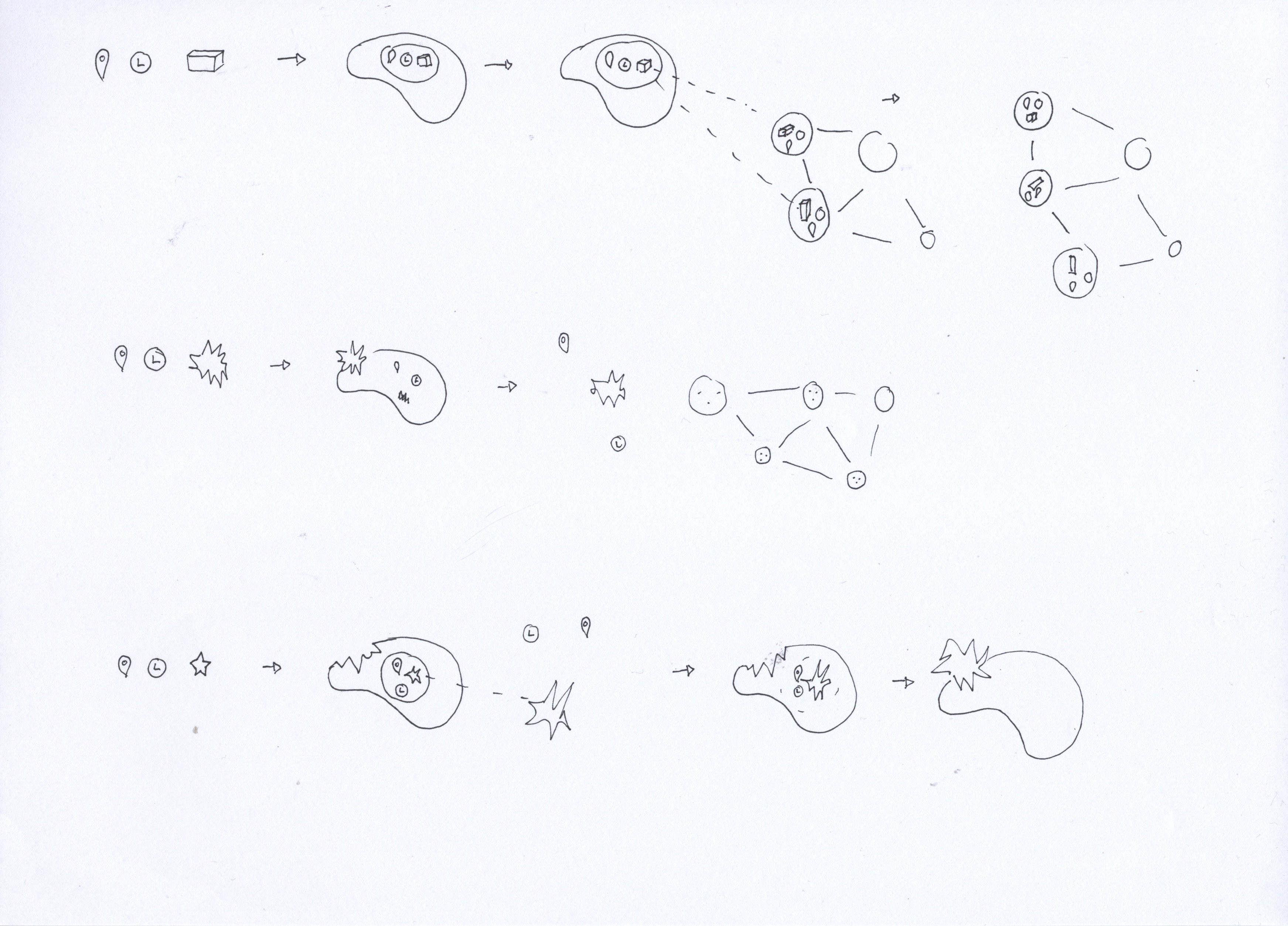

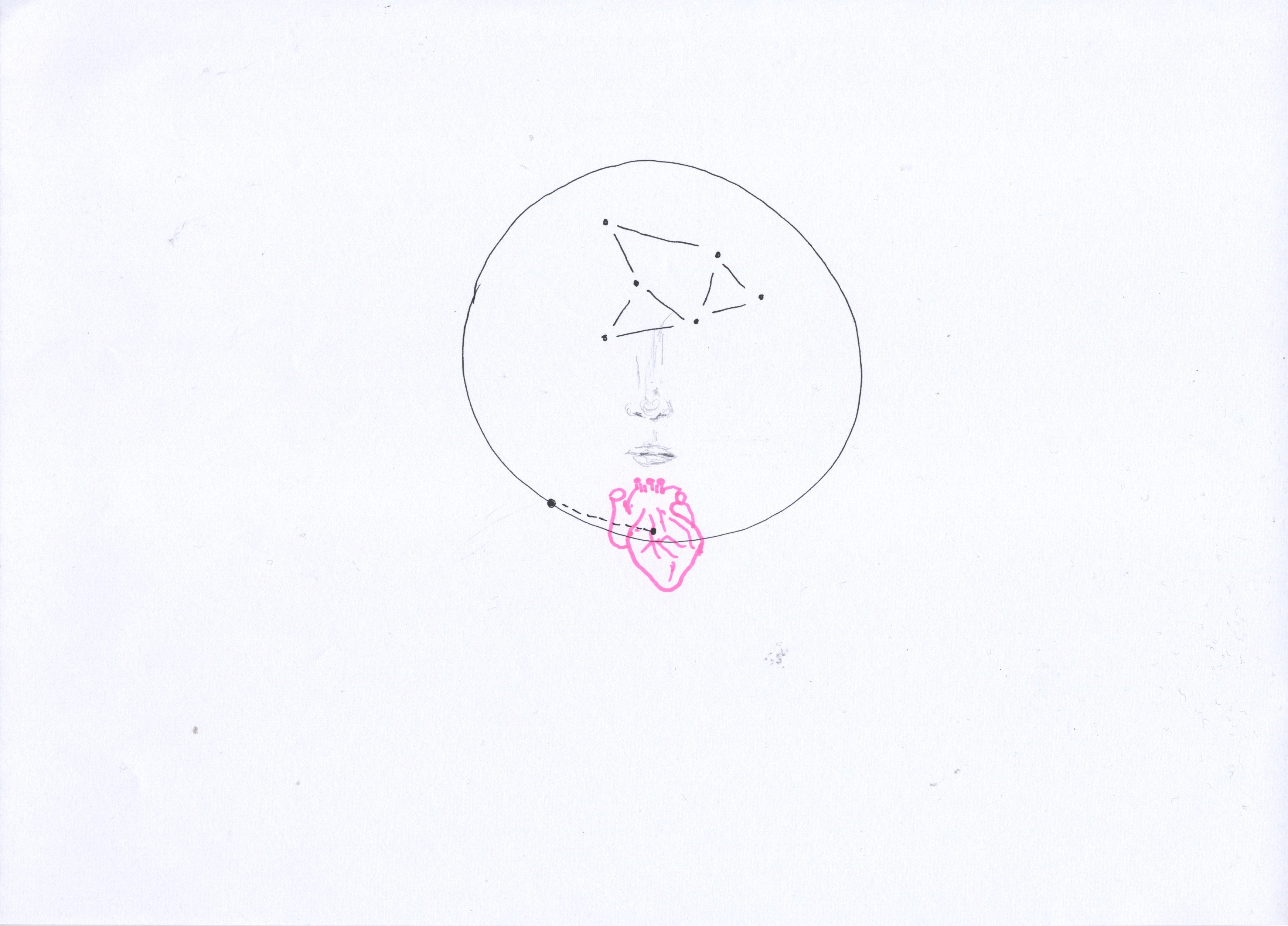
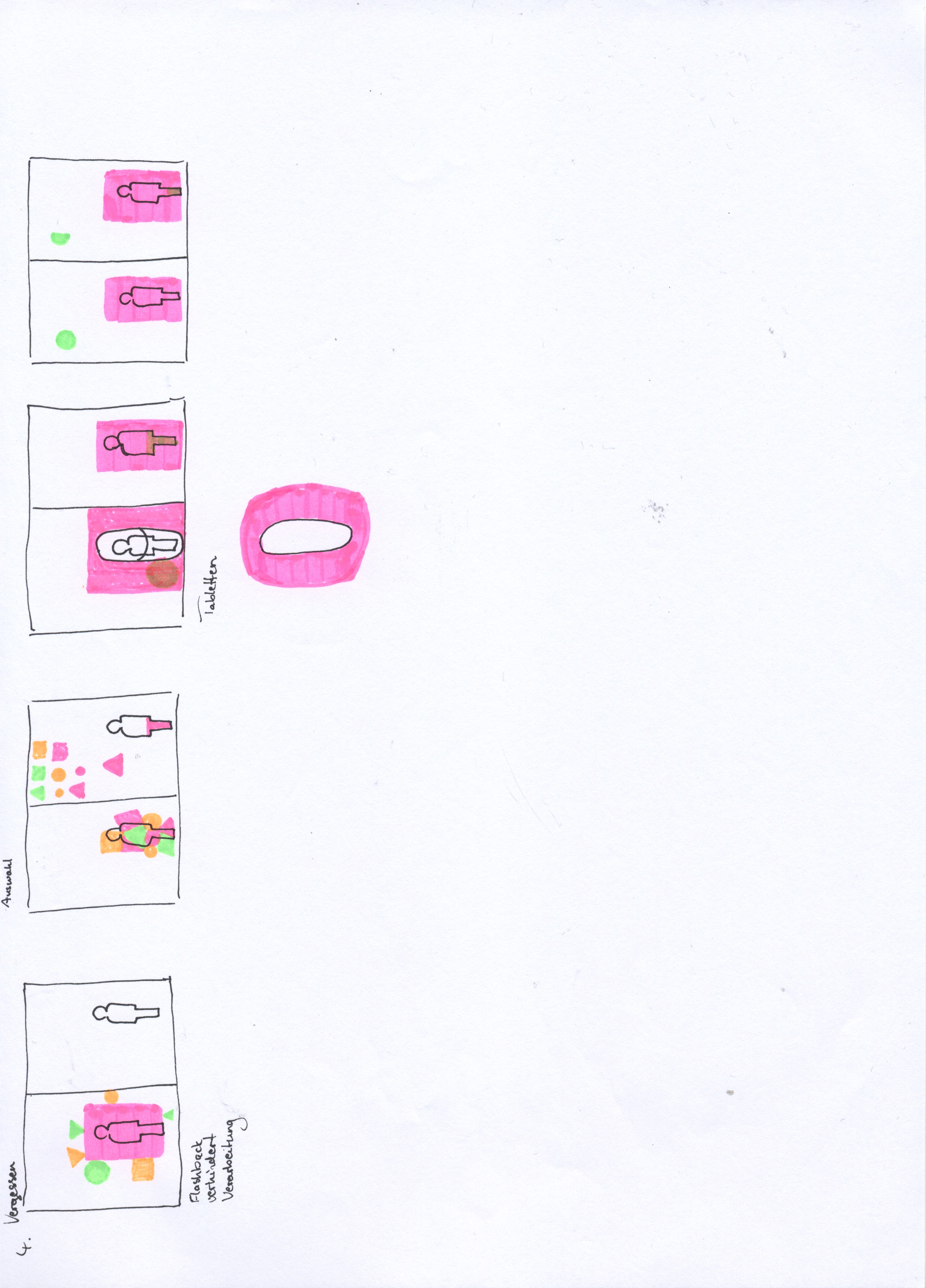
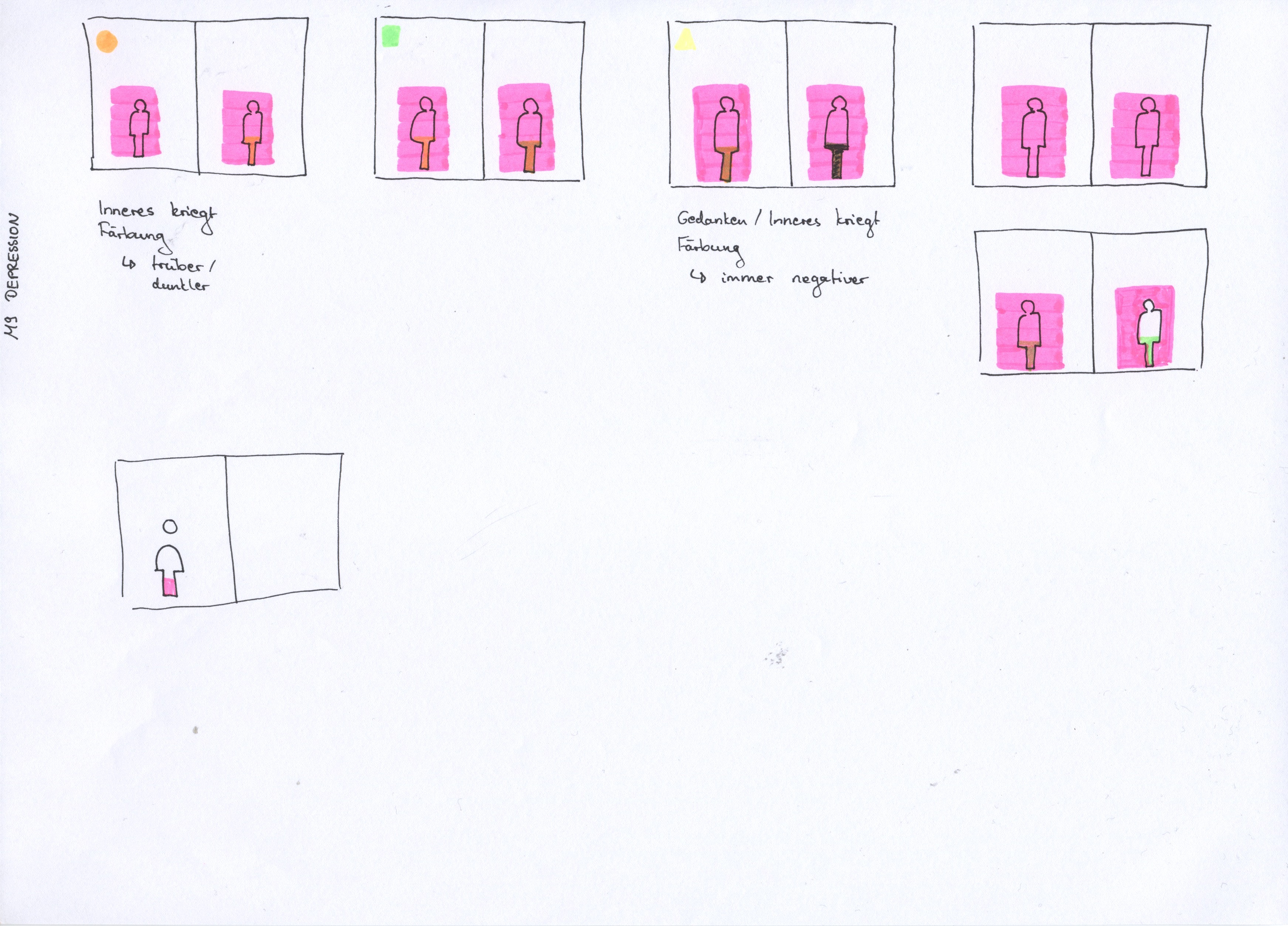



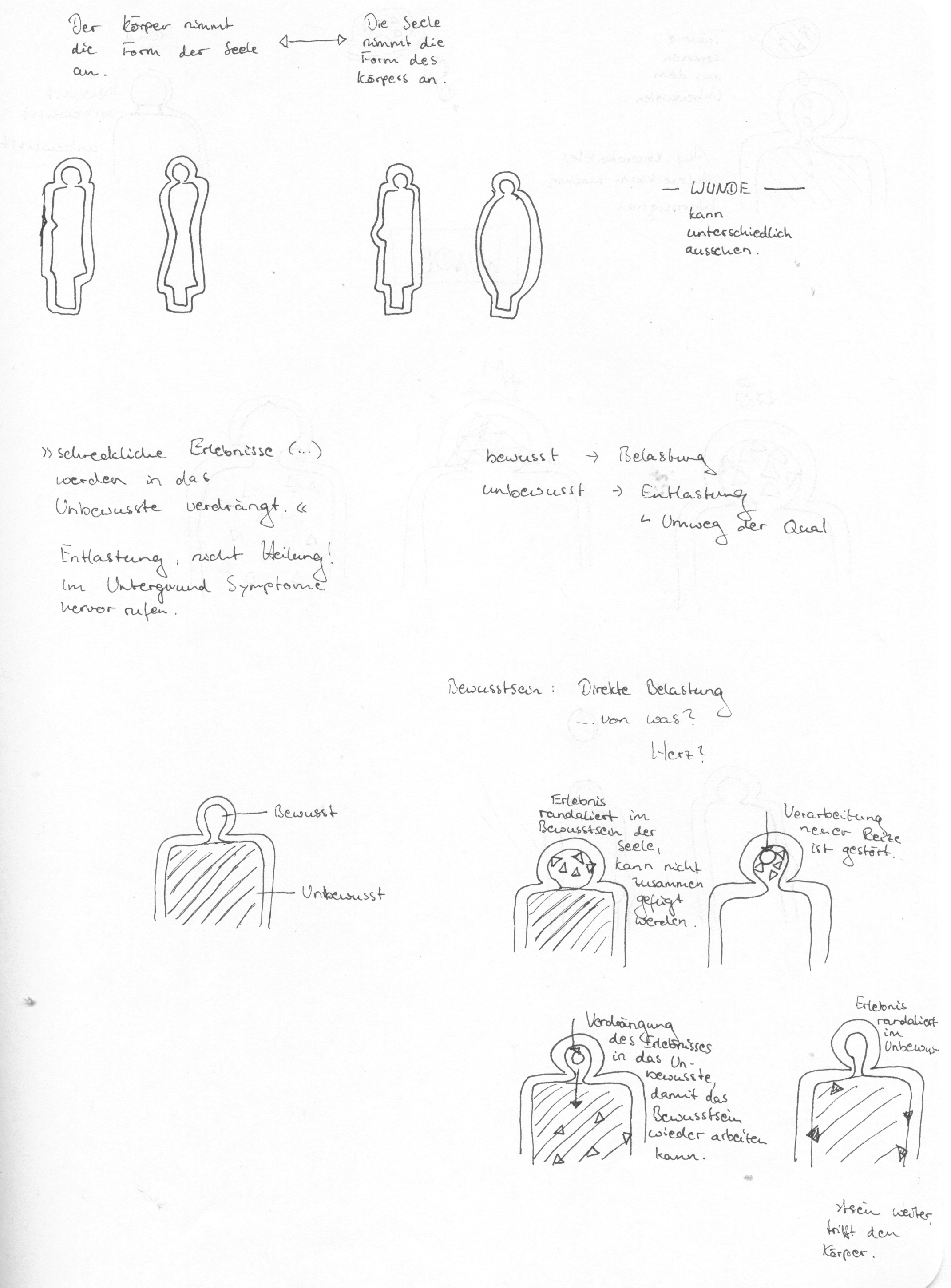



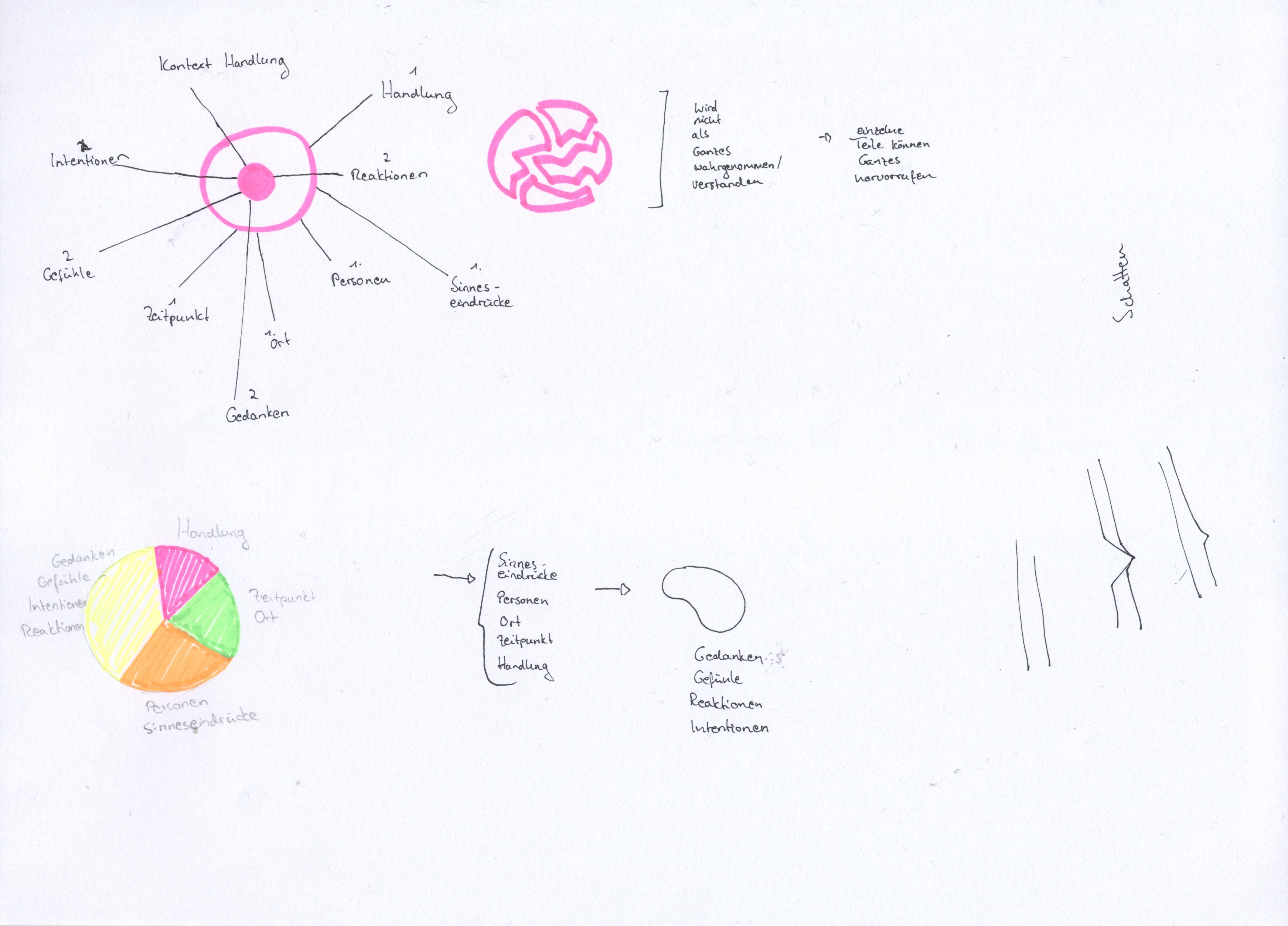

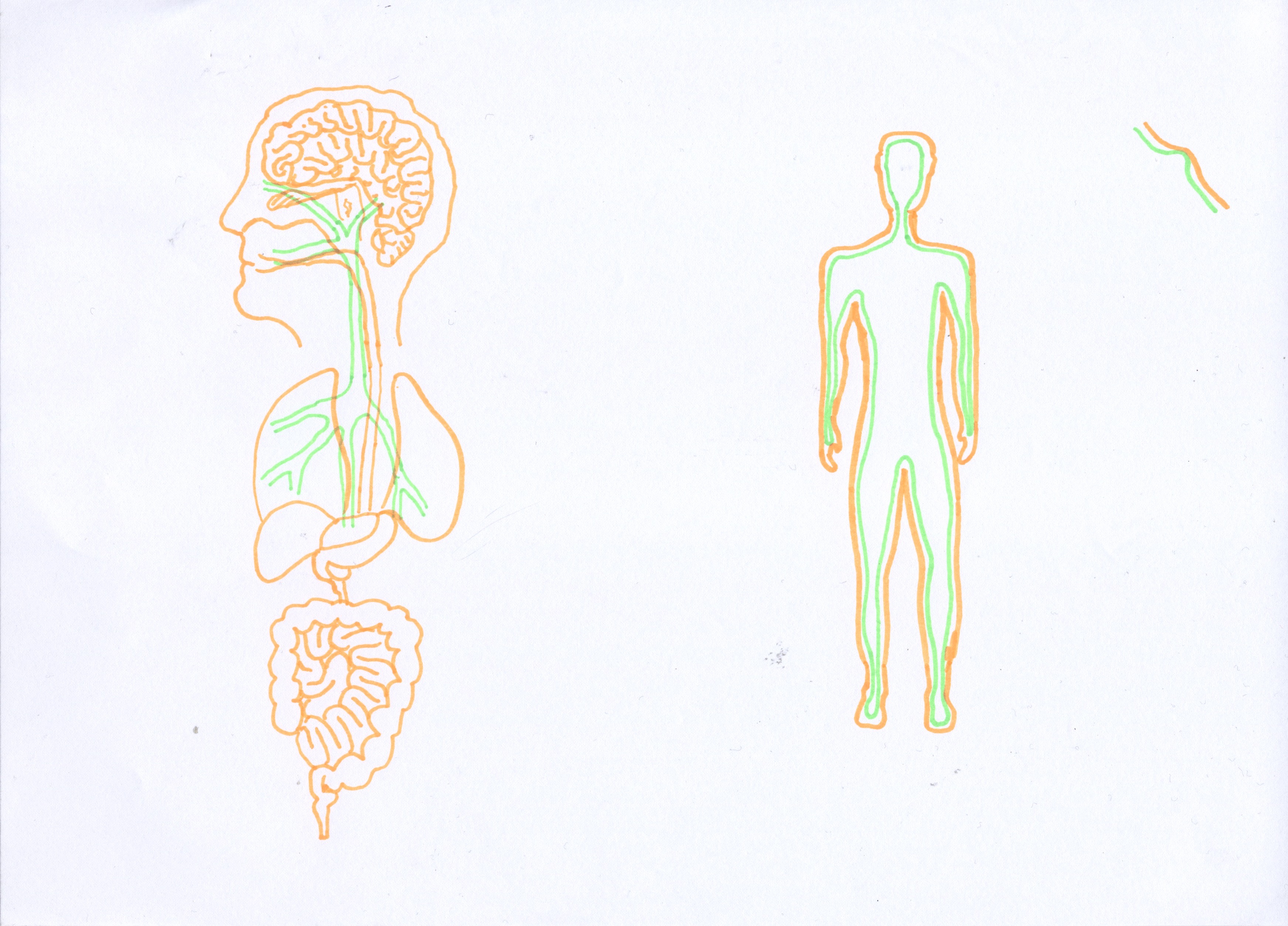
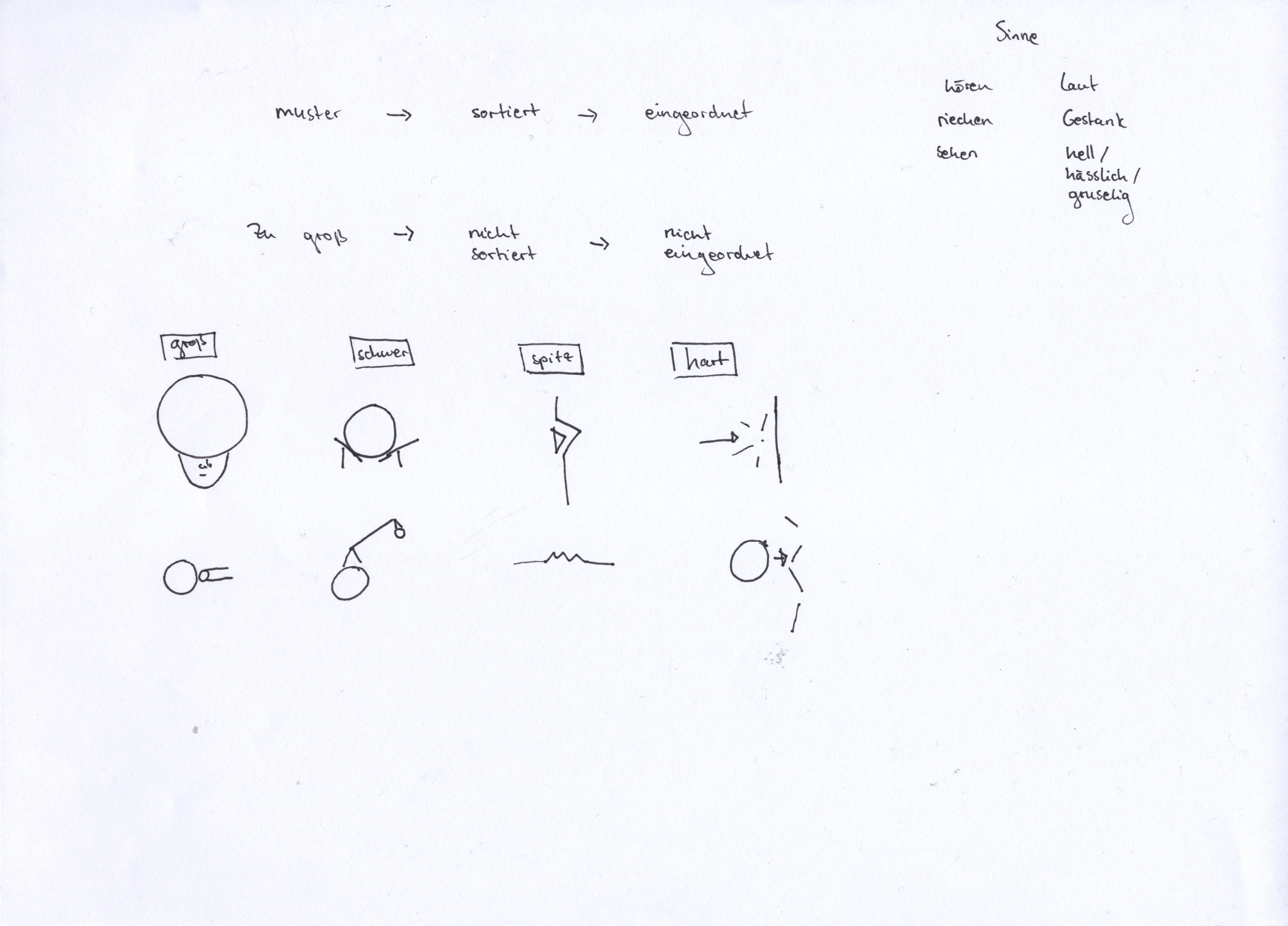





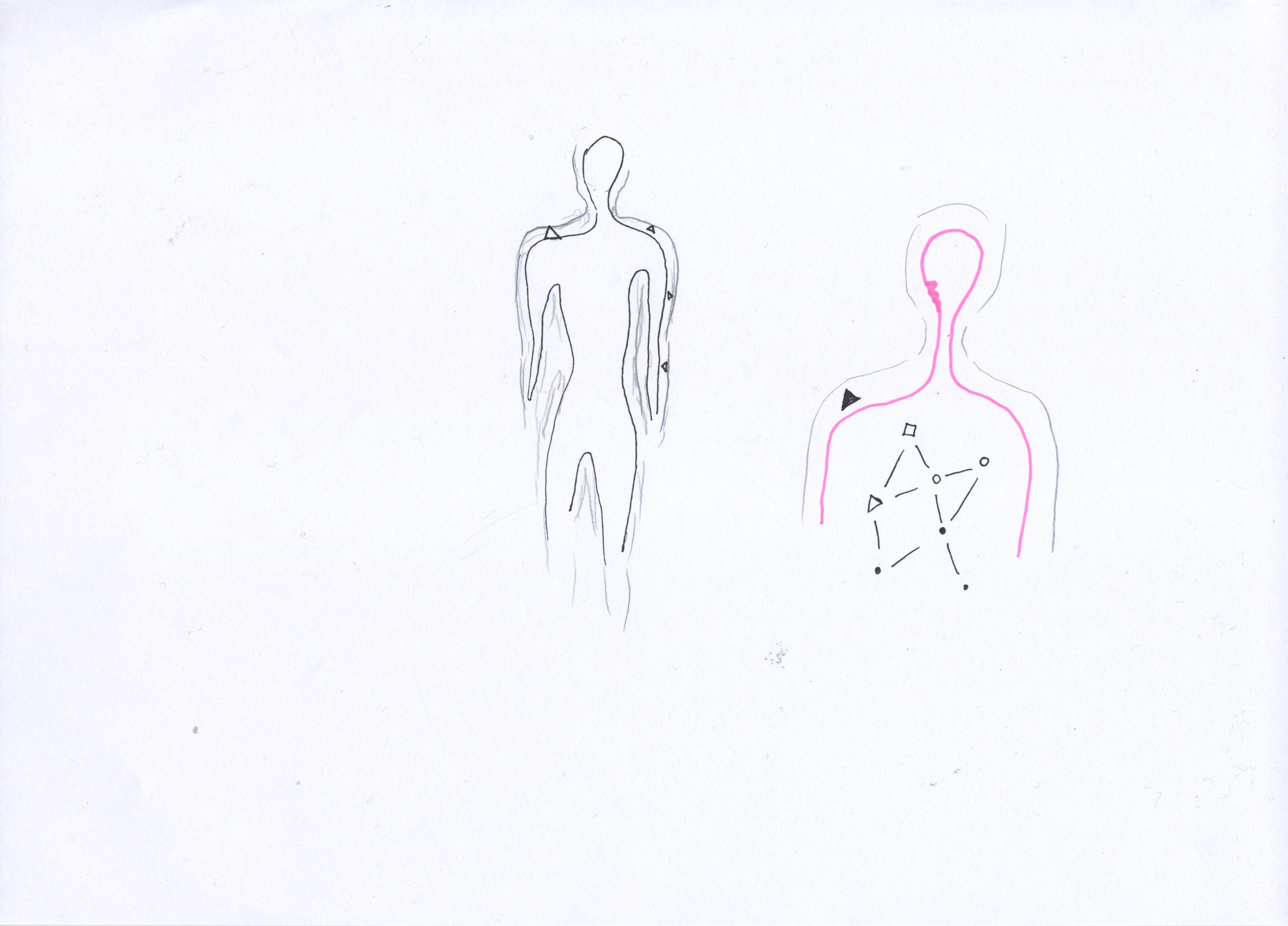
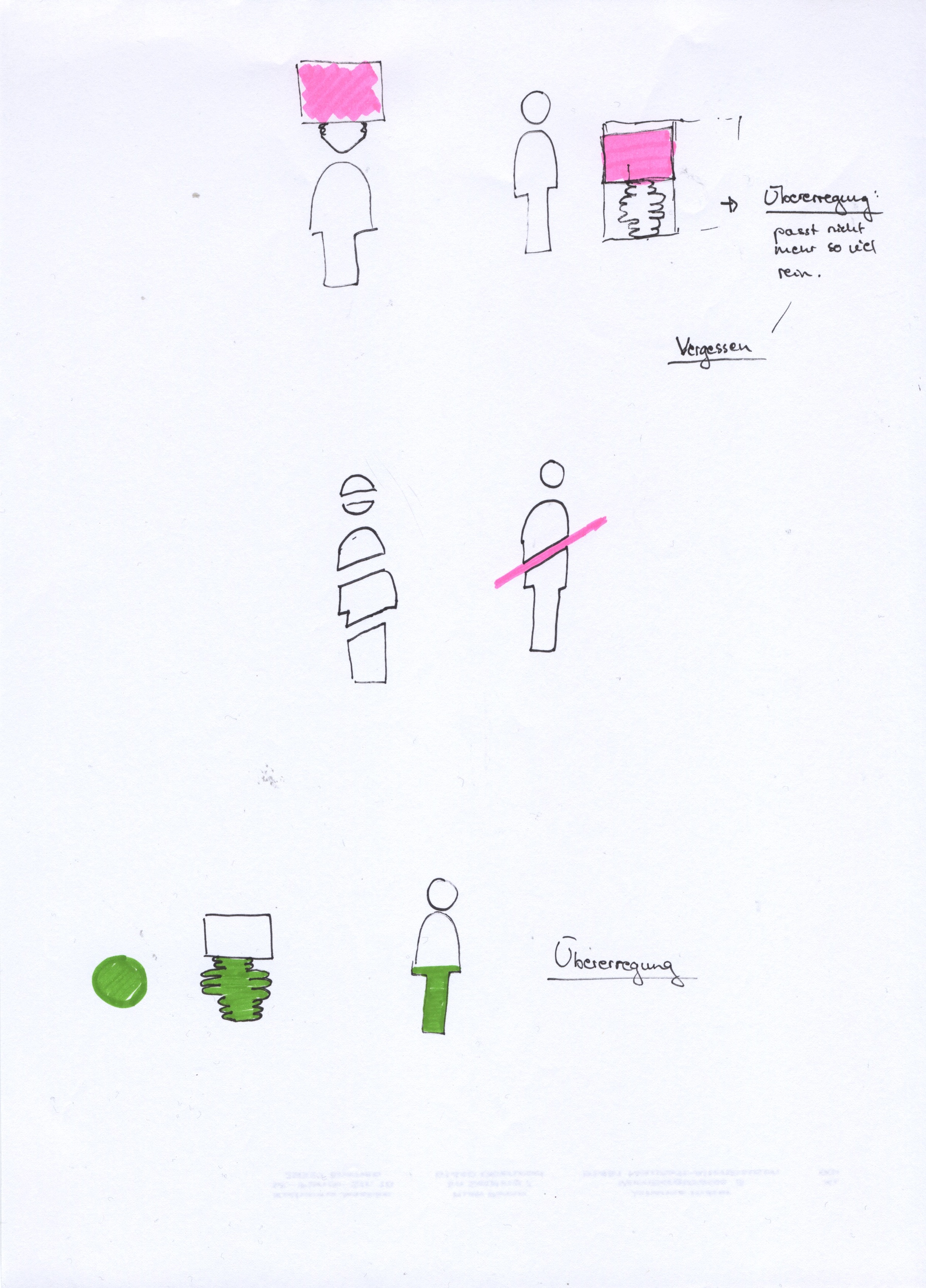
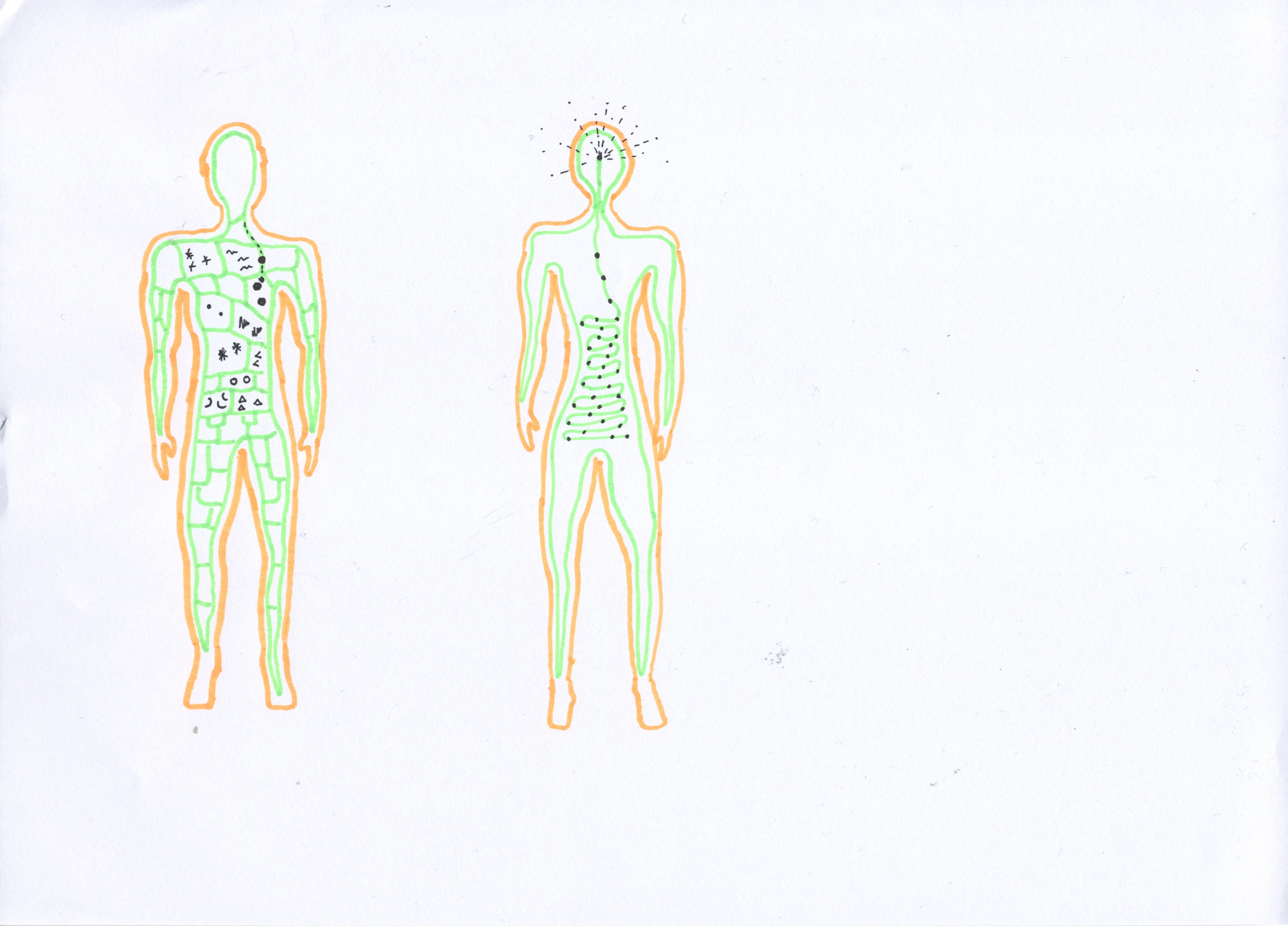
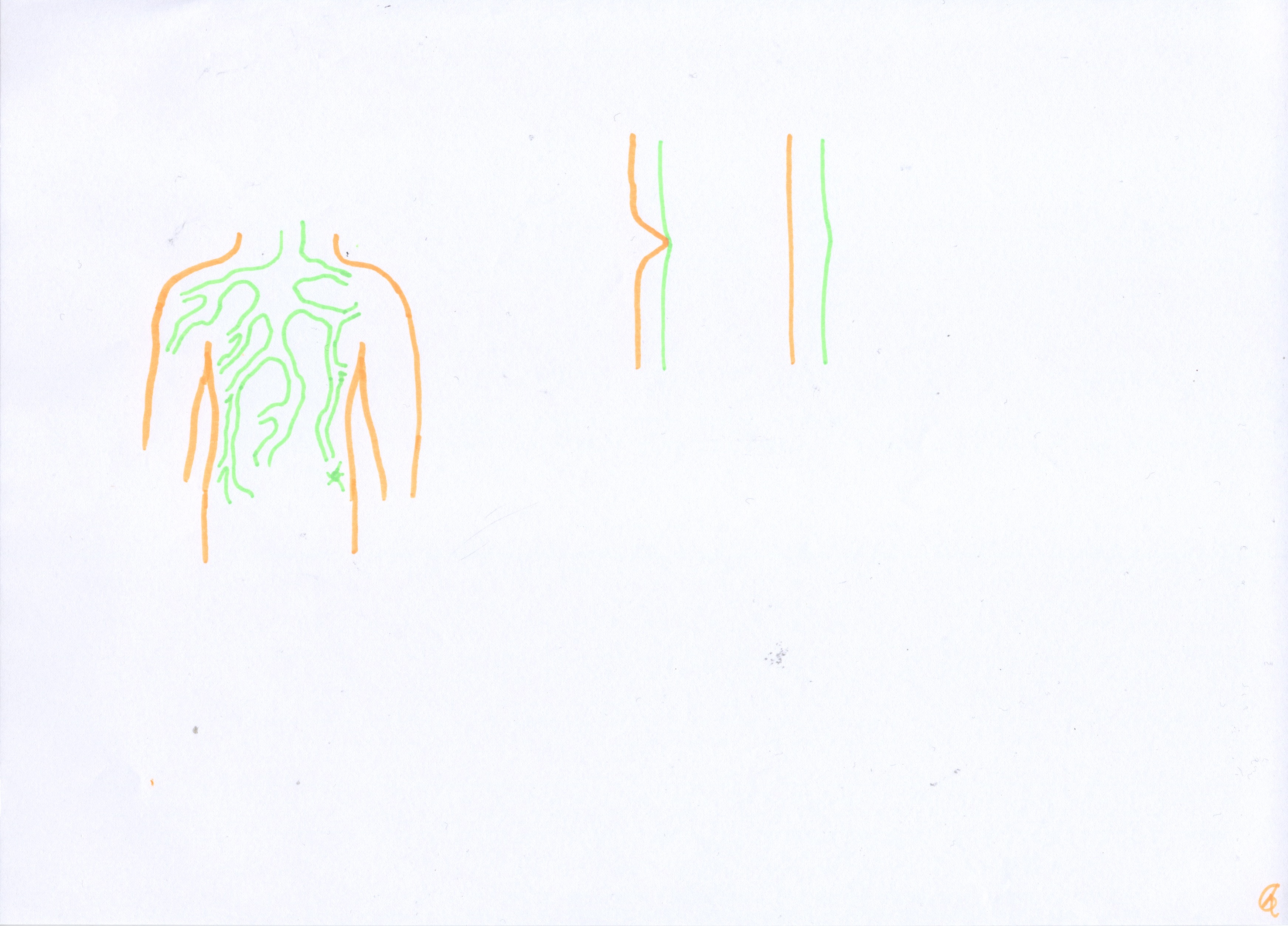

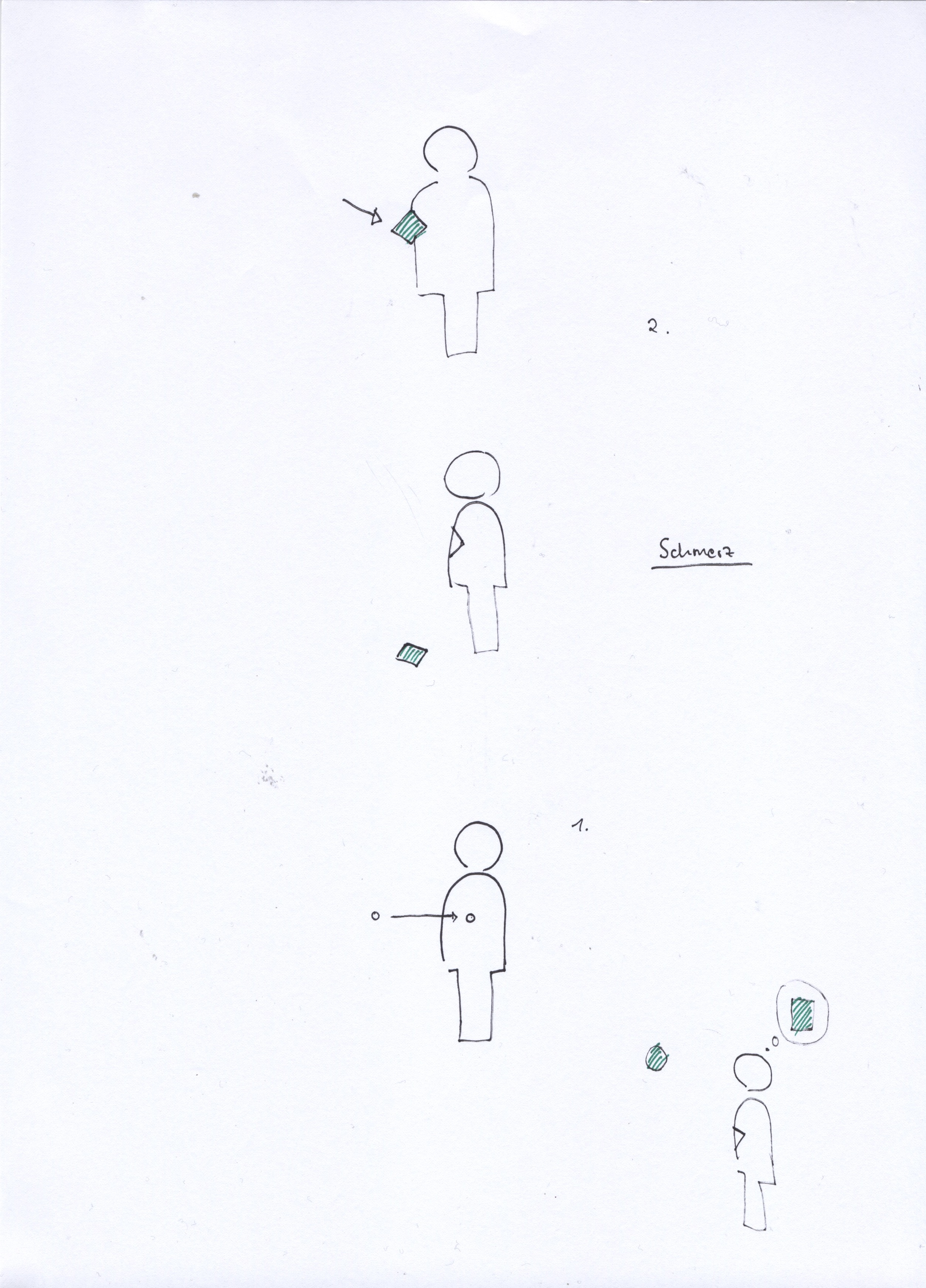
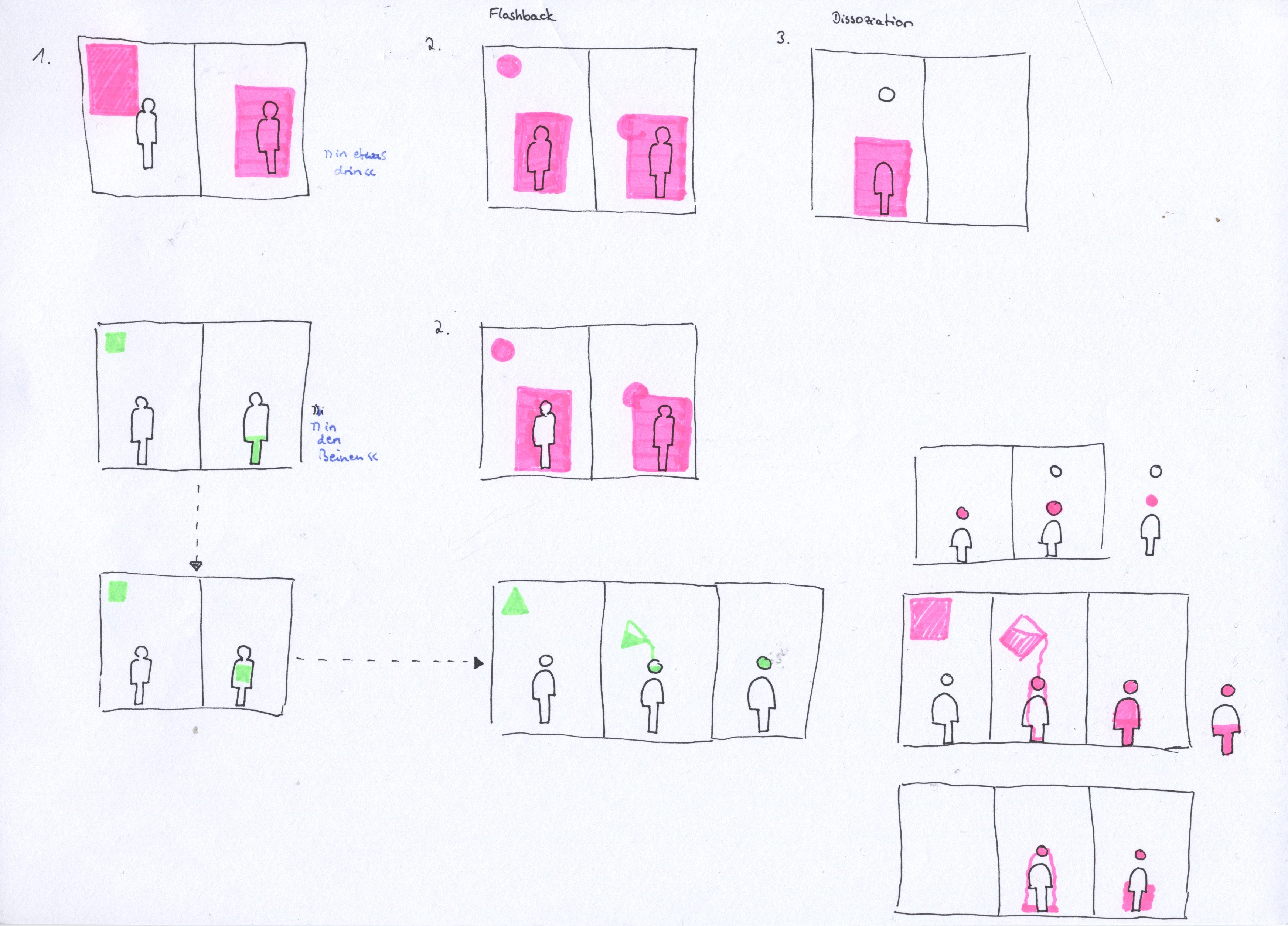
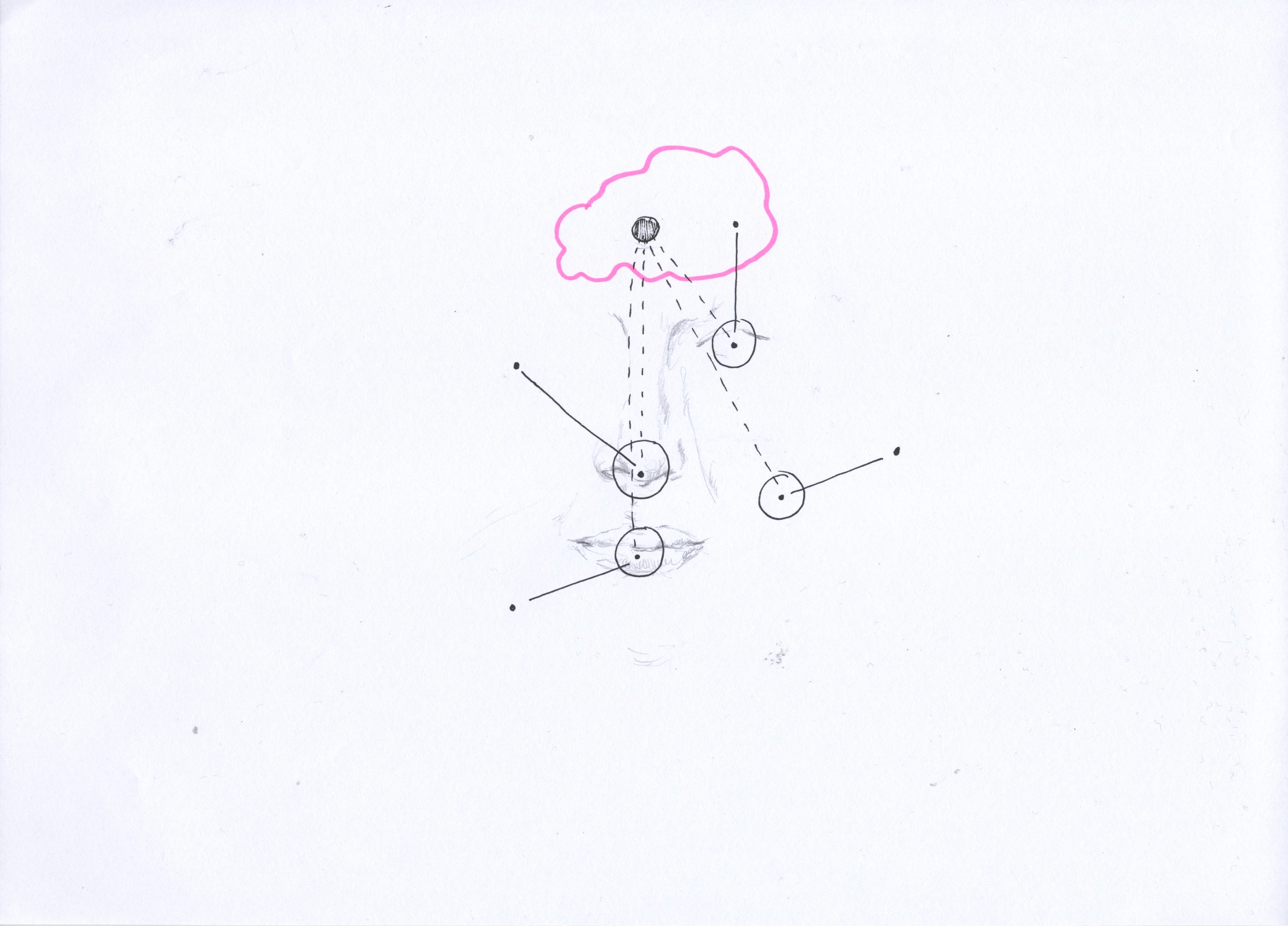


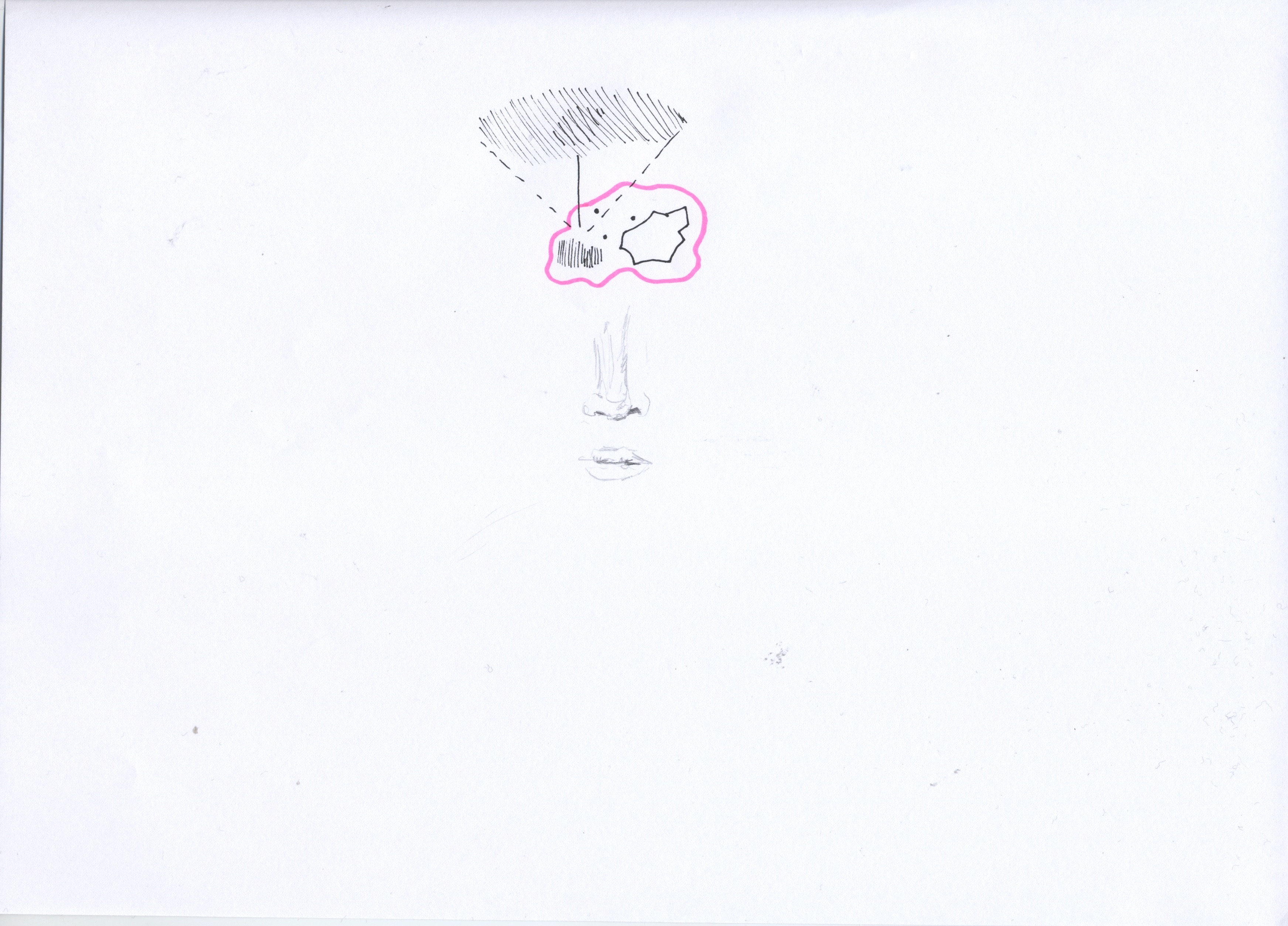


PROBLEM
Visual languages, such as icons, make sense to us and therefore are effective at communicating because they have been learned or resemble a previously learned image that was stored in a person’s mind. In order to understand an image, it has to match a previously learned image and infer the meaning of it into the image at hand. This is also called top-down perception.
The task at hand requires to develop an image that is intuitively understandable without knowing it yet, hence without previously stored imagery. Furthermore, the content that needs to be communicated consists of psychological phenomena that don’t have a visual gestalt per se.
Here, the individual and horrifying experiences each patient has seem to be impossible to translate into universal images while still being respectful.
︎︎︎ How might we develop a visual language to describe unknown and invisible phenomena that is intuitively understandable?
IDEA 1
Abstractionadvantage
The images leave room for inference of individual experiences.
The images leave room for inference of individual experiences.
disadvantage
These images are not intuitively understandable and too complicated to learn.
These images are not intuitively understandable and too complicated to learn.
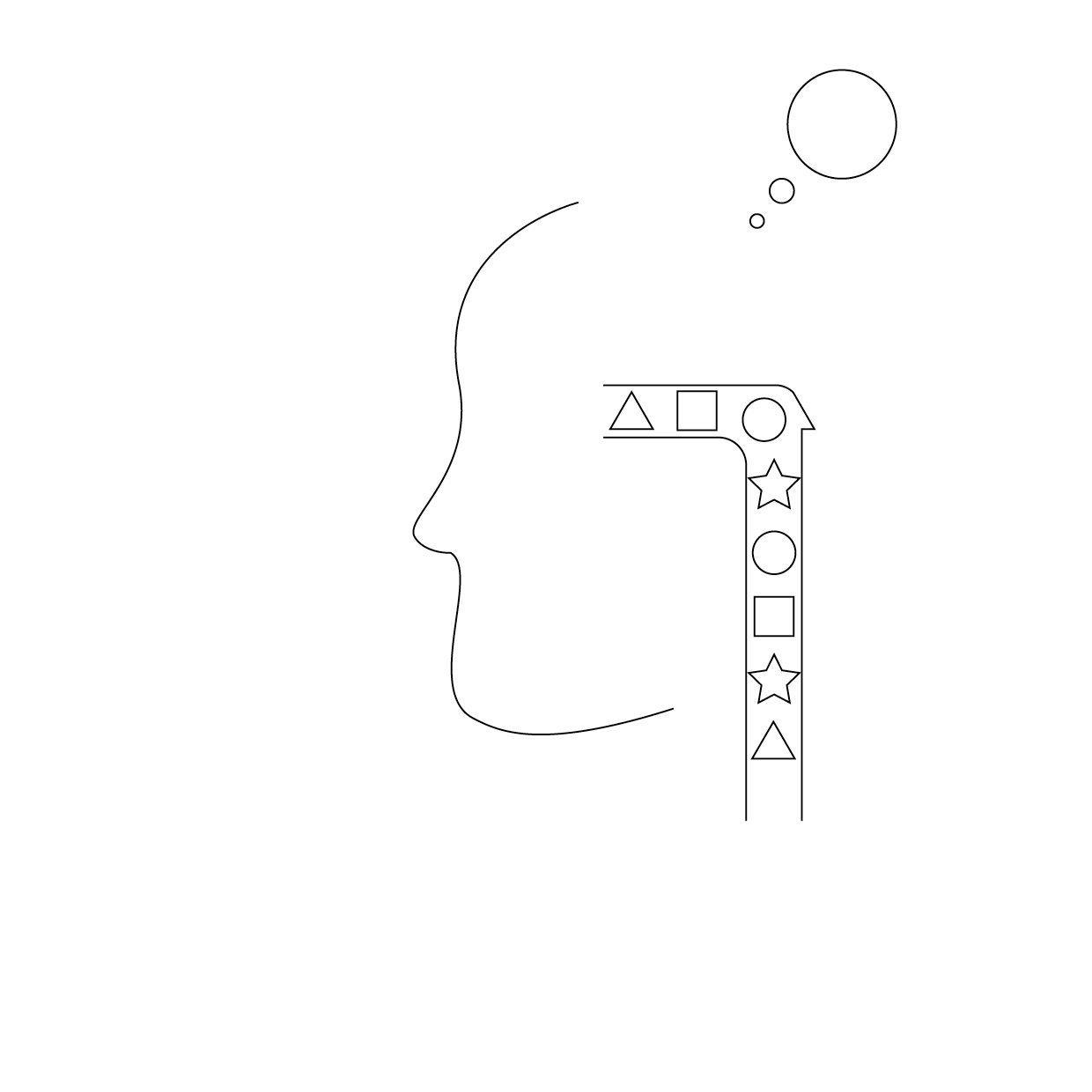
IDEA 2
Story Boardadvantage
These images are more intuitively understandable.
These images are more intuitively understandable.
disadvantage
These images are too literal and therefore don’t leave room for inference of individual experience. They might also not be respectful enough.
These images are too literal and therefore don’t leave room for inference of individual experience. They might also not be respectful enough.




IDEA 3
Iconography
advantage
Images are familiar and intuitively understandable.
The visual communication concept is familiar.
The images are neutral and therefore respectful. They leave room for inference of individual experiences.
Images are familiar and intuitively understandable.
The visual communication concept is familiar.
The images are neutral and therefore respectful. They leave room for inference of individual experiences.
disadvantage
The images still have to be learned with regard to their connection to the psychological phenomenon that they describe.
The images still have to be learned with regard to their connection to the psychological phenomenon that they describe.
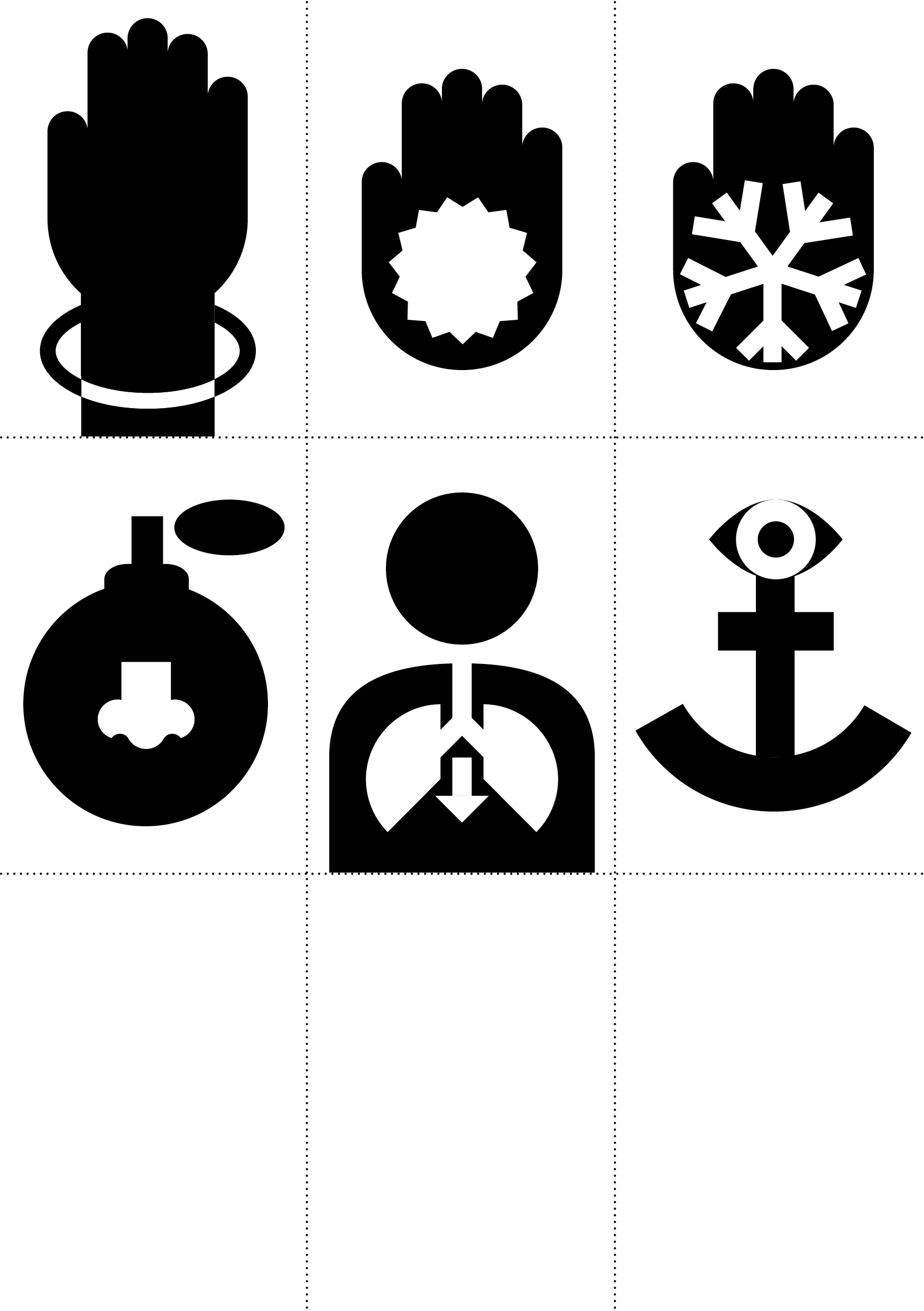
RESULT
PICTOGRAMS
Self-help Strategies
![]()
Symptoms
![]()
EXAMPLE
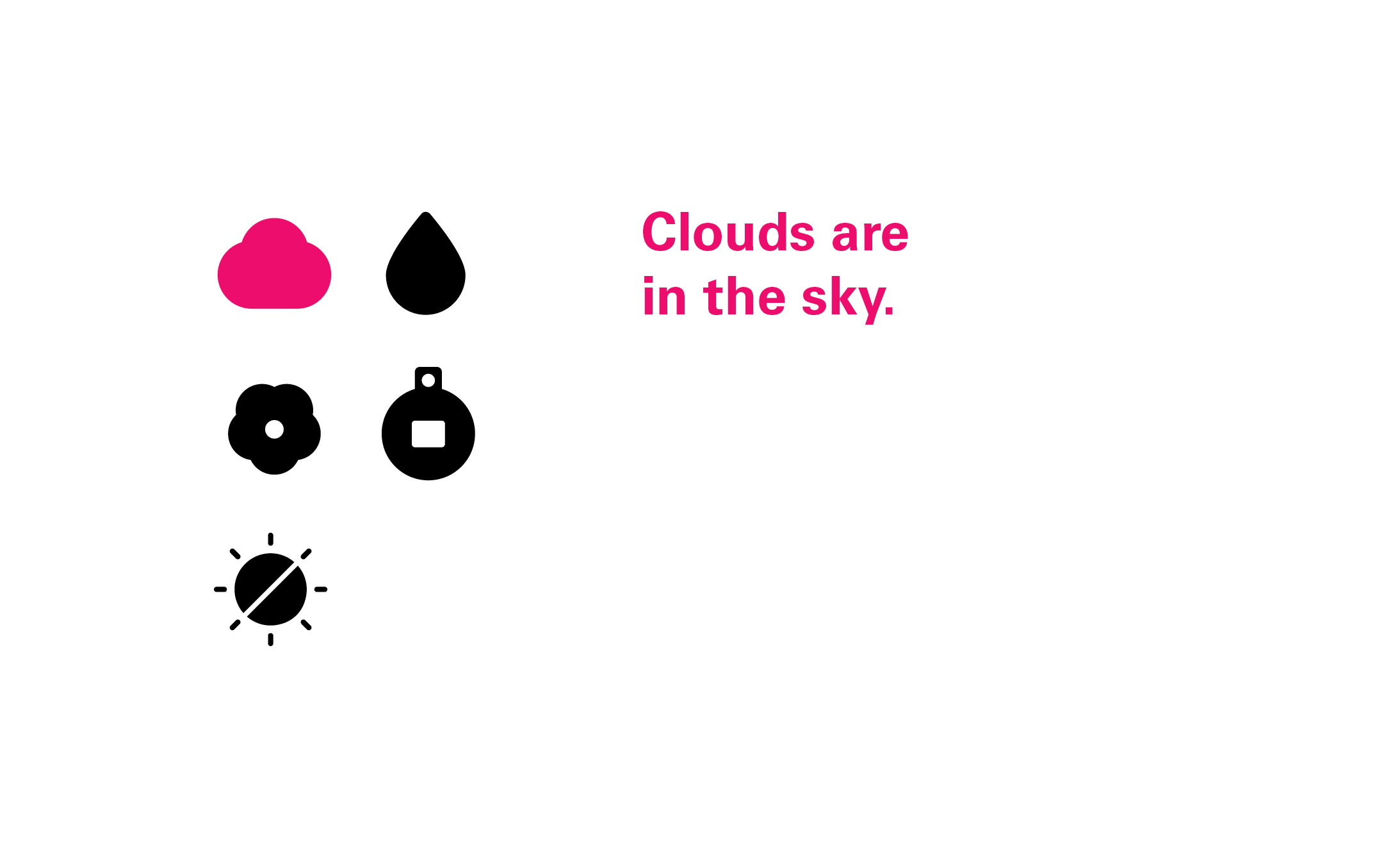
BOOK
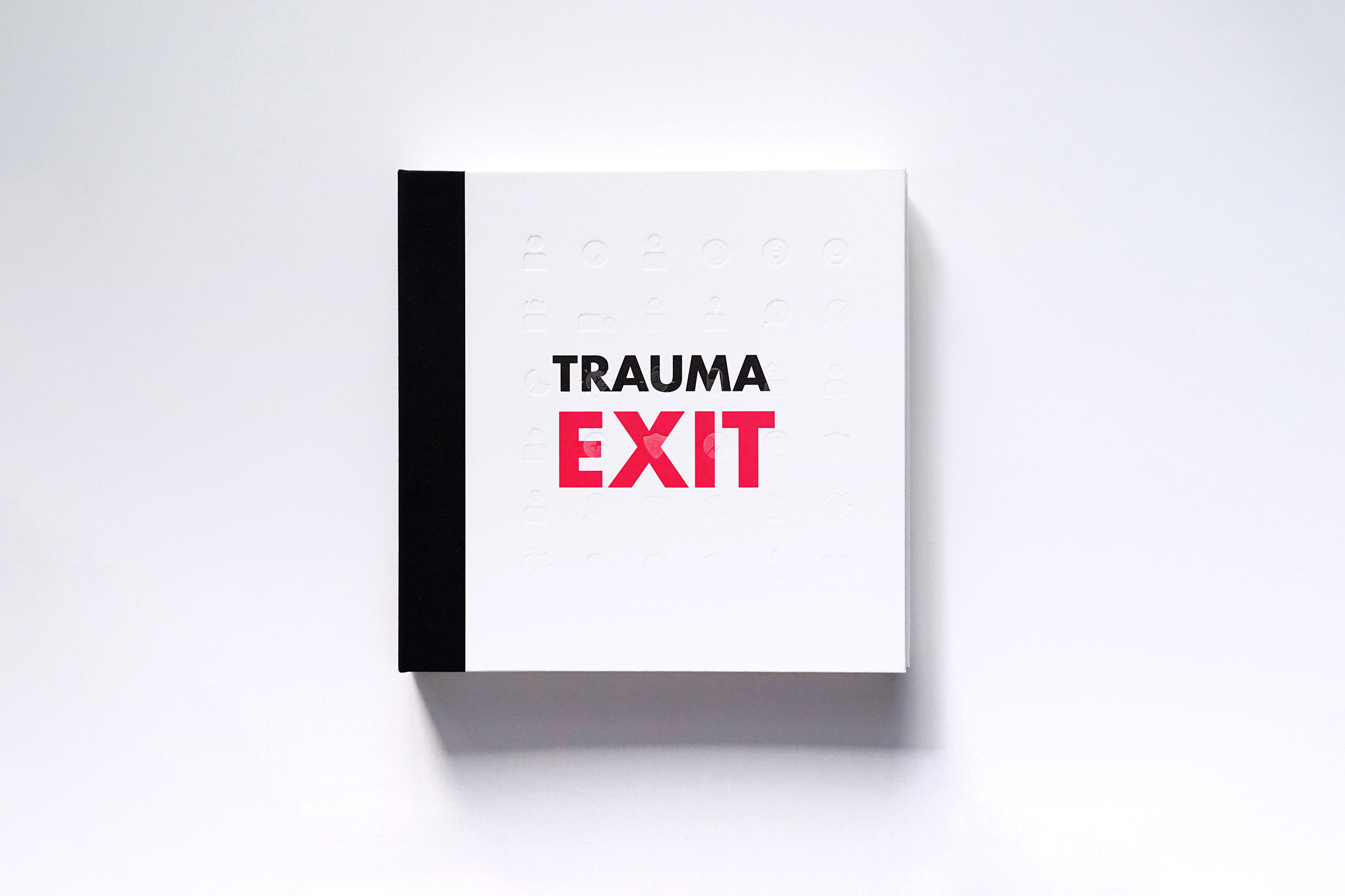
EXERCISES





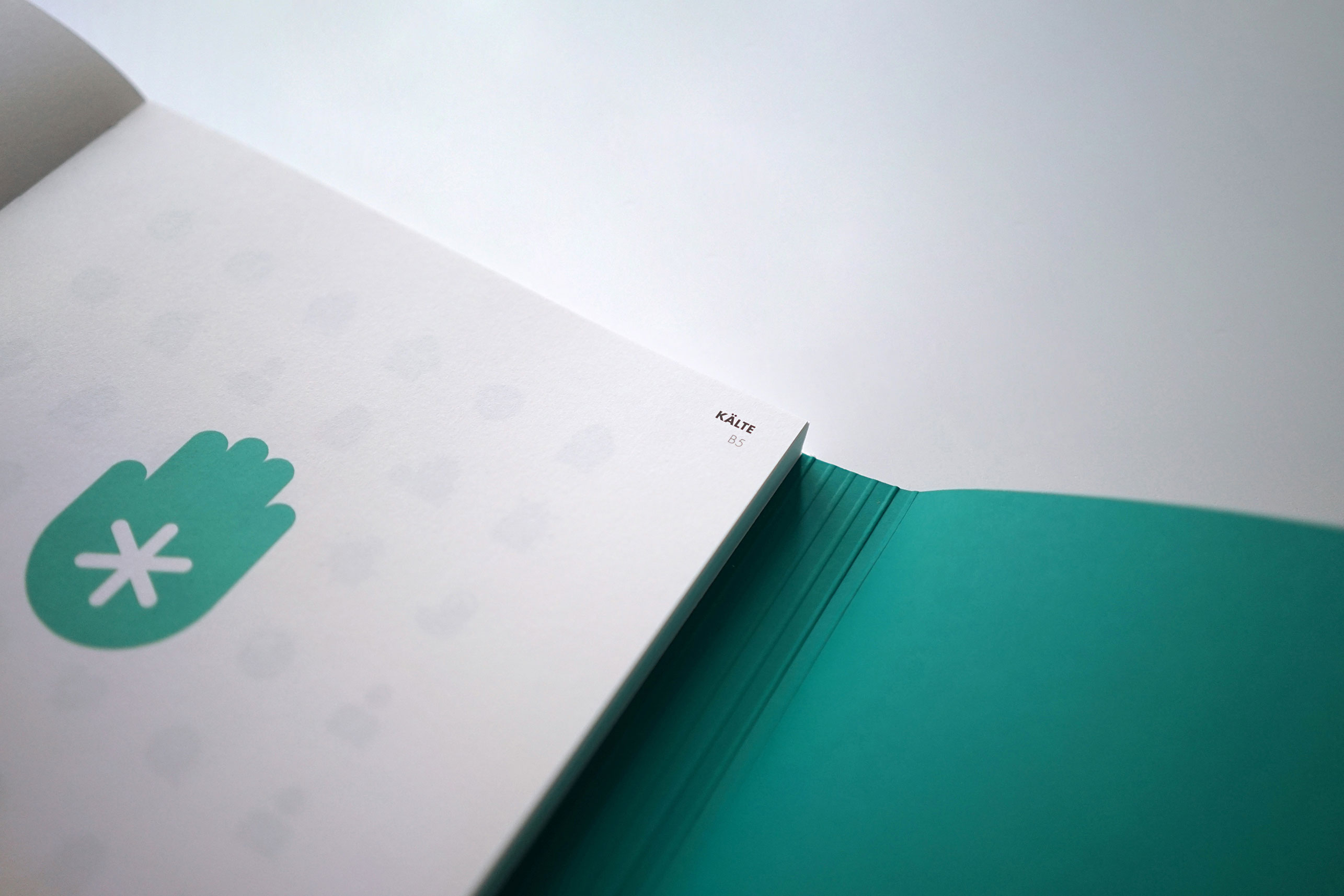

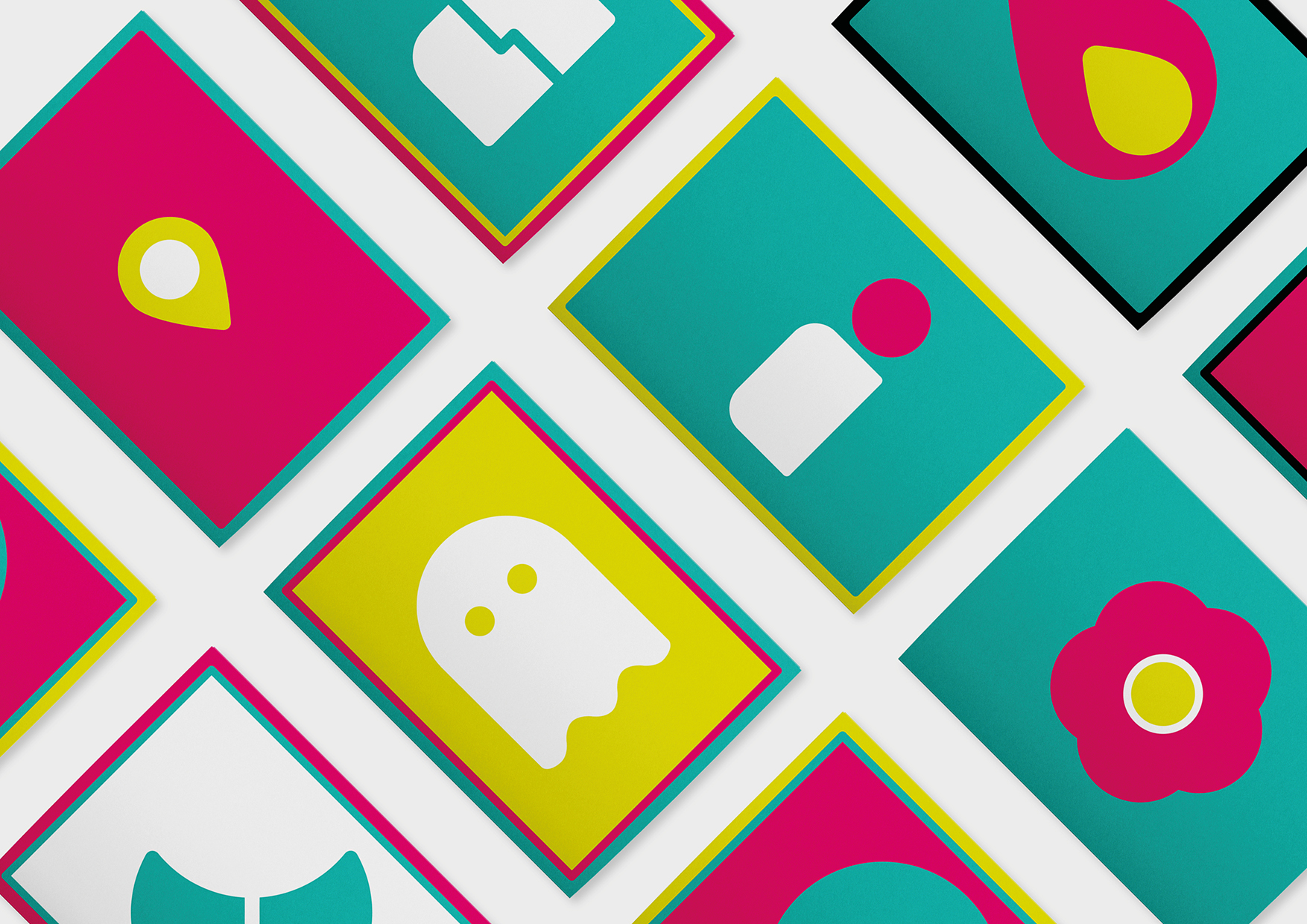


THE APP
_work in progress
As this project is still in development, we're unable to disclose specific details at this time.
FLOW CHART

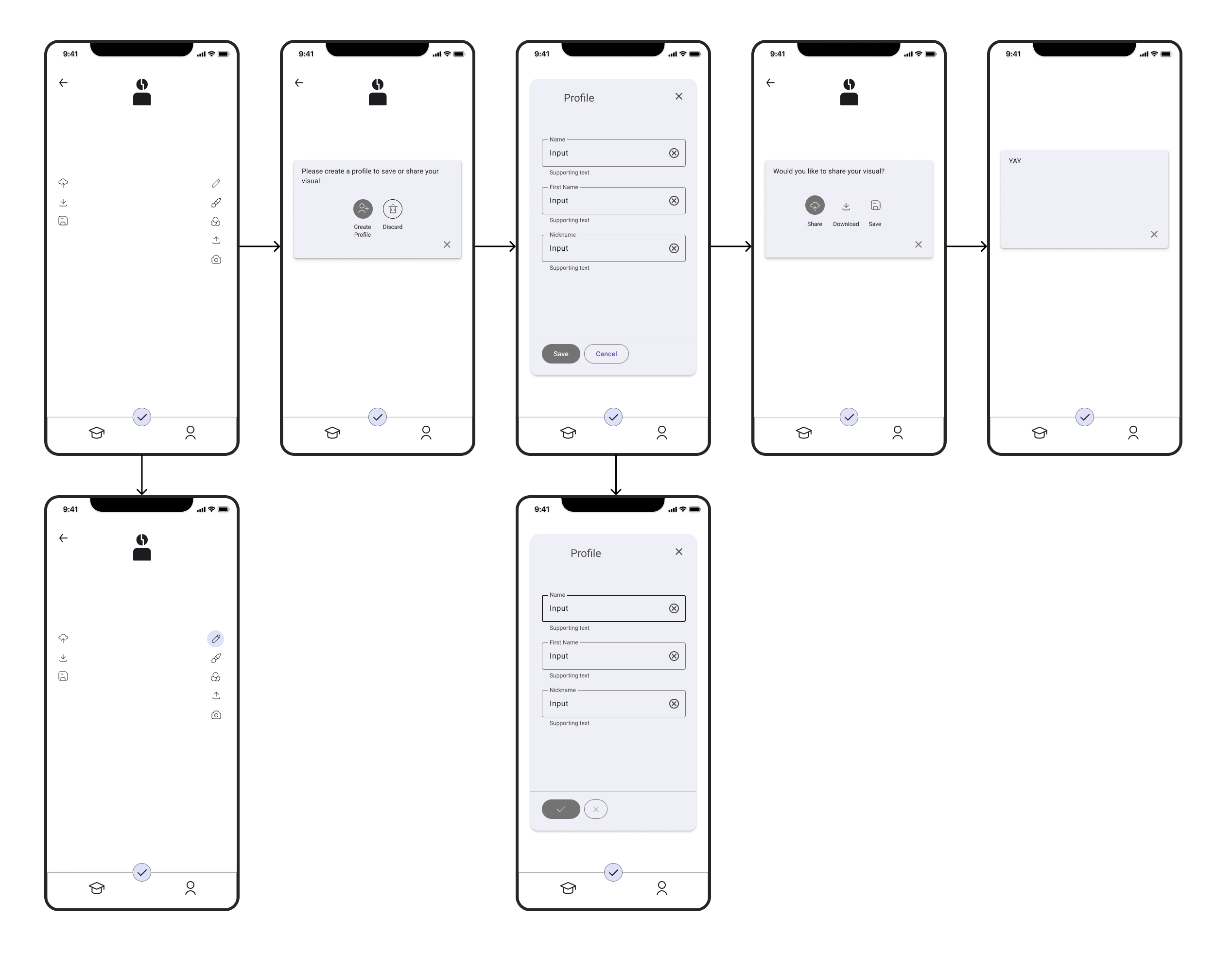
MVP





